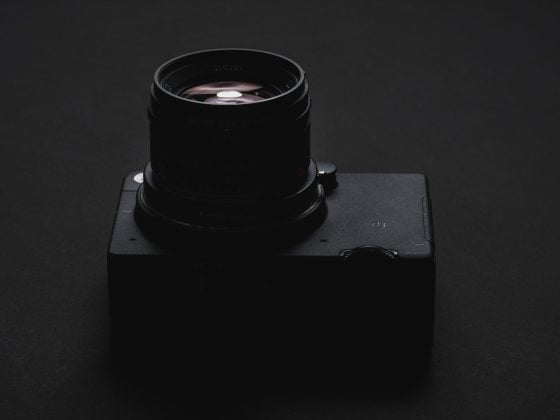I get this question a lot, so I thought I would just throw it into a blog post. Surprisingly, many of the people who ask me are always considering either the X-T3 or the Z6. But Canon has a lot of potential, and Sony should still be considered a strong choice.
As someone who has all the systems and shoots with them regularly, I’ll tell you what I know, and hopefully, some of this will apply to your situation. This is really hard, but I’ll do my best to be as honest as possible. If I’m factually wrong about something, let me know. This was all written pretty quickly.
Which Camera System Is The Best?
This is such a hot topic and most reviewers are not detailed enough or honest enough to help consumers make a sound decision as to which system they should buy. At the end of the day, they are all incredible, and you can’t go wrong with either.
I will say that Sony is the trendy system right now. Everyone under 30 seems to be on Sony unless they’re McKinnon fans or Japanese; the Japanese love their Canons!
The Rundown
Each camera is set up slightly differently, and each system has advantages and disadvantages, which may or may not affect you depending on how you like to shoot.
Believe it or not, there is also a lot more to a camera than eye autofocus. I know it’s been crazy for the last few years, but cameras do offer other features that might be important to you that you may not have heard about.
I can’t break down each camera’s stats in this article, but I have started doing that in separate articles where I compare each camera to the Nikon Z6. I chose the Nikon Z6 as the baseline because it is mostly loaded with the best technology right now, except for a few of the newer cameras. So, the Z6 is kind of the camera to beat when compared to other cameras from that generation.
But, you’re not buying a camera, you’re buying a system, so you can’t just look at buying any of these cameras by looking at the technology that’s in bodies alone, which is how this article will be focused.
You can see my first comparison here between the Nikon Z6 and the Sony A7III here.
IBIS ( In-Body Image Stabilization )
I won’t talk about Fujifilm IBIS since they discontinued the X-H line, and Canon is still a mystery.
The IBIS in the Z6 is very good, so I wouldn’t think a future Canon IBIS + Lens IS would be able to create a huge performance gap, but we still don’t know. They could go with a smaller IBIS system like Sony or maybe have several different types of IBIS we’ve never seen before.
I have tested Sony IBIS + IS with the Batis 85, and it still wasn’t as good as the Nikon IBIS alone. From my tests, with the Canon RF 35mm f1.8 IS, the lens IS was a little better than Sony IBIS, minus tilt shake, which the Sony IBIS was able to correct. Sony IBIS is pretty pathetic, but I’ve always loved it for casual video shooting to reduce all those micro shakes. I actually think the X-T4 should implement a baby IBIS like Sony uses.
I also noticed that because the Sony IBIS is weaker, it allows you to get away with panning the camera around more with video without huge jumps. In the Nikon Z6 or even the X-H1, you really can’t run around handheld or your footage will jump all over the place each time the sensor needs to recenter. So there are some advantages to the weaker IBIS.
Is IBIS super important? That depends on what you’re doing, street photography, no. Landscape, and travel photography, can be but only if your lens doesn’t have IS, which many of my Canon lenses do. For video? It depends on what you’re doing, if you’re a serious videographer, there are better ways to stabilize a camera.
Autofocus – Eye / Face Detection
They all do EYE AF differently now, but I’ll explain how it works.
Nikon Z6 / Z7
Nikon Z6/Z7 allows you to quickly change between eyes and faces with the focus joystick. This is the best and fastest for the user experience. I go back and forth between cameras a lot, and honestly, guys, Nikon wins here.
Because of those two buttons near the lens mount, you can set up the camera so that you can take control of the different focus modes extremely fast, so if the camera is ever a dummy, you can instantly change modes, switch to track, switch to zone boxes or whatever you need to get the shot immediately. Nikon is just the best autofocus system of them all, with the user experience and user control, and it’s also very good now, even in low light after firmware v2.1.
You can, of course, customize the Sony so you can change between modes, too, but it’s not as easy. The C2 and C1 buttons are just in a dumb spot and C4 is too far out of the way.

Sony A7III / A7rIII – not the A9II
Sony A7III / A7rIII is in second place, but people still praise them for being the best. I don’t think people are being honest or fair about Sony AF as a whole, or maybe they just don’t know what they’re talking about.
I shot for a weekend going back and forth from the Z6 to the A9II and saw no advantage when looking at the results, zero; this was with Nikon firmware v2.0. But I could probably stress test all the cameras to make one camera look better than another. For example, the Nikon is better at quickly snapping focus to objects entering the frame, whereas the Sony always favors more of a center frame. Sometimes, I prefer Nikon’s way, sometimes I prefer Sony’s way. It’s so situational.
Sure, the Sony A9 II has a sticky tracking box with a fast refresh rate, but Canon and Nikon AF are both fast enough for 99% of what most people shoot. It’s like that difference between 600hp and 630hp supercars while the lenses set the speed limit.
But you know, at this point (firmware v2.1), I would even argue that the Nikon could probably hang with the A9II in a professional sports setting if you know how to take control. What I mean by that is, you’re not some Youtuber who borrowed the camera from B&H Photo for a day, slapped it on a tripod next to three other cameras (one being an A9II that costs almost 3x as much money and is newer) to do an eye AF comparison then said, see the Sony is better.
Professional photographers will change their settings on the fly ( at least I do ) to get the camera to do exactly what they need it to. I constantly have to toggle between my focus settings, even on my Sony. Maybe one day Sony will read my mind, but it’s not there yet.

There are some things I like more about shooting with Sony and some things I like less.
With groups of people, there is still no way of controlling whose eye or face gets prioritized. If you want to isolate eye and face detection, you must work with focusing zones. This is kind of handy because you can move your zone box around and sort of control whose eye and face you want to isolate, but it’s a lot more wiggling the box around all the time and adjusting the damn thing to make it do what you want it to do.
It really annoys me when you shoot back and forth between portrait and landscape modes. With all the wiggling and adjusting to control the zone box, it’s just annoying and you quickly realize that it’s only a little better than manually adjusting your focus points like in the good old days.
That’s with groups, with just one person you can just throw the eye and face AF on the Wide Zone it works great. Better than the Canon or Nikon? It depends on the camera. The A7III is not. My Z6 definitely has better real-time tracking than my A7rIII.
Sorry, I had to be a little aggressive against Sony here, but the church of Sony and its disciples have scrambled many people’s brains. I just want people to have confidence knowing Nikon and Canon have basically caught up. Fujifilm needs a touch more work, IMHO, but there is supposed to be one more AF firmware coming.
Fujifilm X-T3
Fujifilm X-T3 hasn’t really figured out what it wants to do with its eye AF implementation, and it is probably the worst when it comes to the focusing user experience—well, maybe tied with Canon.
The X-T3 only lets you switch between faces with the focus joystick when you’re looking through the EVF – this is dumb. You can use the touch screen, but that experience sucks.
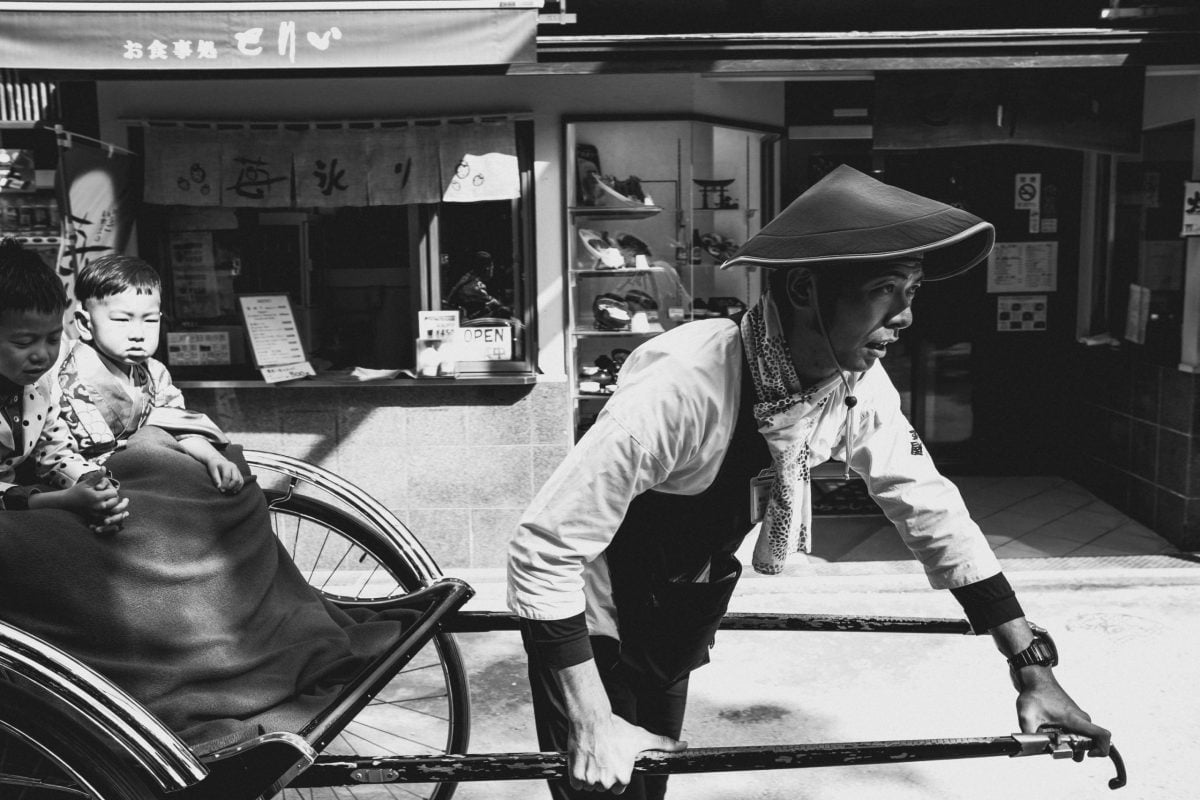
Then, eye and face detection will work in the different focusing modes like with the zone boxes, but the boxes don’t take priority. So basically eye and face always just look at the whole frame no matter what zone mode you are set in. You can control which eye it will prioritize, but you have to do that with menu controls. So I find myself rarely using eye and face detection. I just use the zone boxes mostly. Well, actually I use manual focus lenses with my Fujifilm mostly, so none of this even matters to me.
In general, focusing on the Fujifilm is very good, but you are limited by what lenses you use. Some people say the f1.4 lenses are fine, but they do struggle with AF-C, especially in low light. AF-C is all I shoot anymore except for landscape, and it sucks having to switch back to AF-S because of old lenses.
This isn’t to pick on Fujifilm; there are some Sony lenses that also suck at autofocus. Nikon hasn’t figured out how to make lenses that suck yet, Canon is pretty good at it though. I’m Joking.
Basically, Fujifilm needs to decide if they want to go with the Sony style or the Nikon style because you can’t do both, and being in between isn’t working either. You can’t control a zone box and toggle between eyes at the same time with a single-focus joystick.
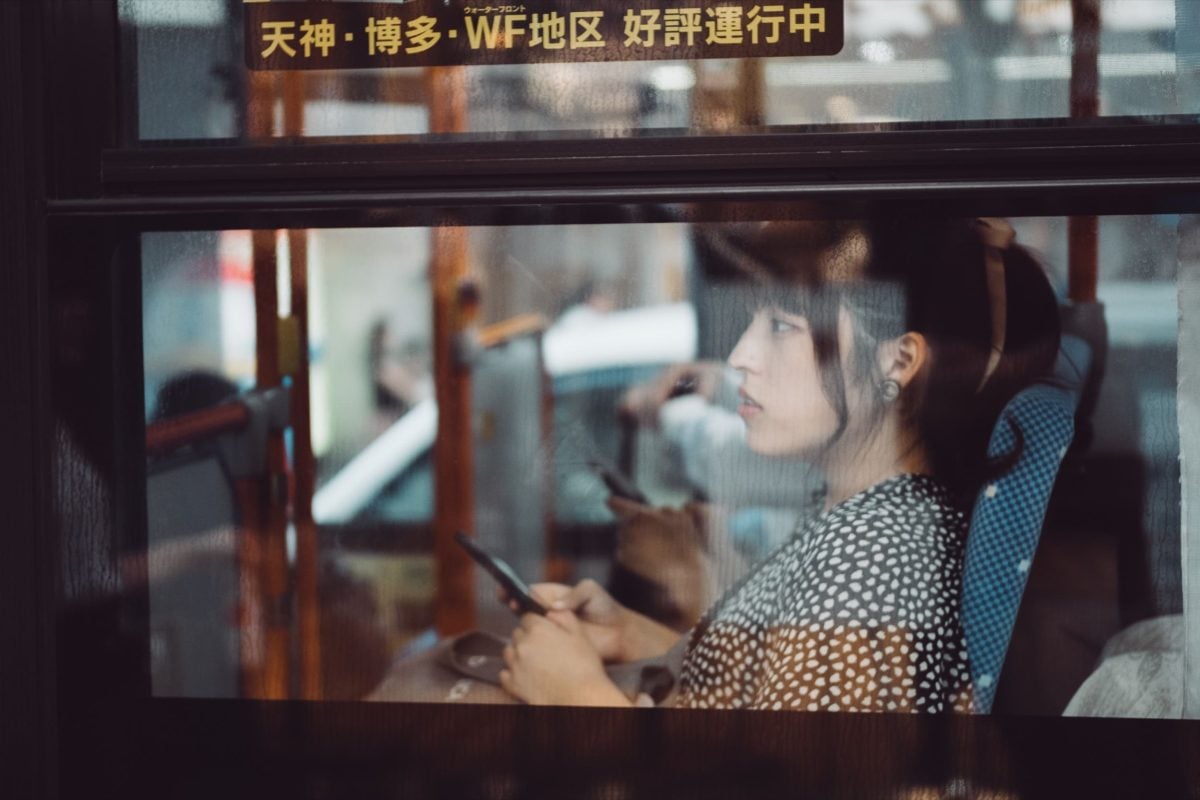
Canon EOS R
Canon R– Canon has some interesting technology with its dual-pixel autofocus going on. Their video focus is so smooth. I don’t think anyone can touch Canon even today with how well their cameras focus when in video mode, just my opinion.
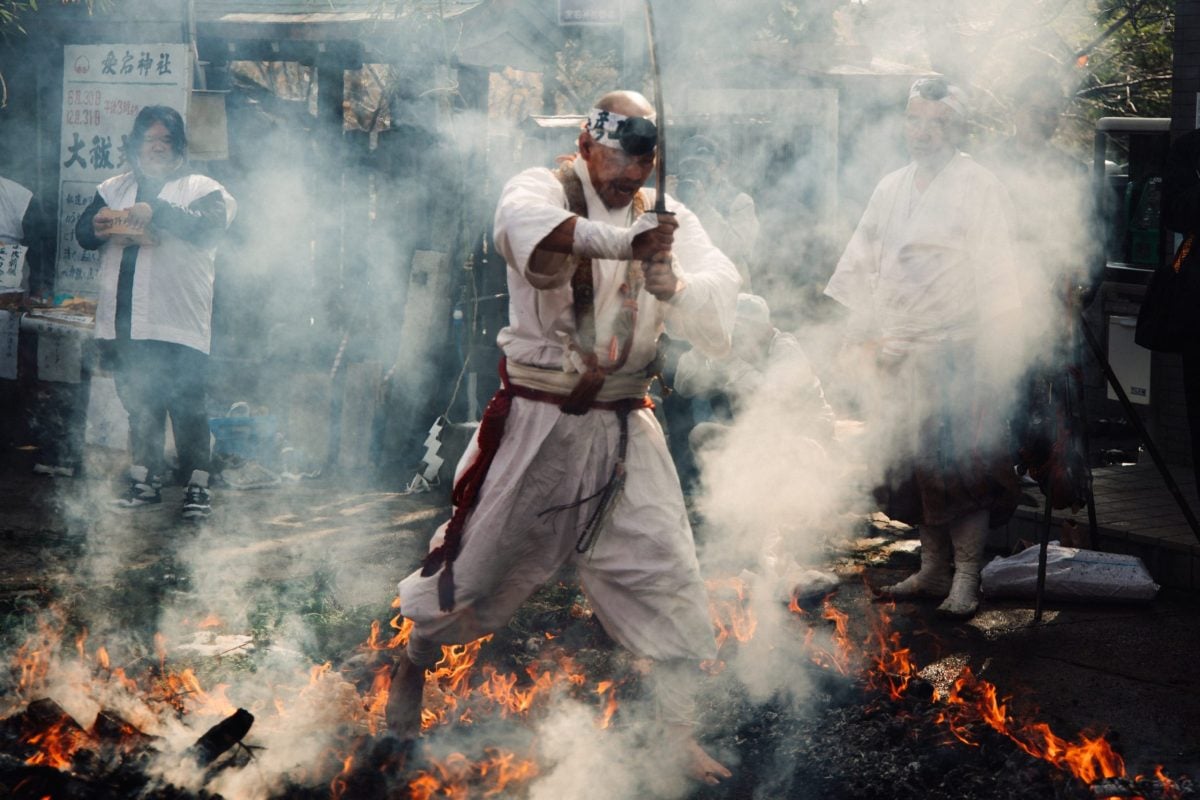
Canon’s approach to EYE AF is a little strange. The EYE AF only works in the one focus mode that works with the tracking box (you can set up the Sony to work this way, too; I can just never get it to engage with the eyes as well).
In general, the EOS R will try to track whoever’s eye you set the tracking box on, and it does an amazing job. But like with Fujifilm, there is no good way to switch between eyes other than releasing the half-pressed shutter and then moving the tracking box over to a different eye or person, which means constantly changing your framing. It’s kind of like that old school approach where you have the focus point in the center, you move that to the person to focus, lock it, then move your framing back. You theoretically could use the touch screen to slide around that focus box, it even works while looking through the EVF, but man I hate doing that. Does anyone honestly like doing that?
It’s functional, I guess, but not my favorite eye AF system. I still prefer the Sony or Nikon way.
I also want to say that Canon, like Sony, doesn’t track eyes very well when the subject is very close (like a full face in frame); Nikon is better here.
It also seems like Canon is using the 3d data for eye and face detection from the 5000+ phase detection pixels because it often ignores faces on screens or on billboards, which is strange. I’m not 100% sure about this and am still testing, but as someone who shoots a lot of street photography in the city with many billboards and advertisements, it is nice that it kind of ignores 2D faces. – I want to test this more, though.
Also, know that there is a huge difference between how well a camera draws focus boxes on the rear screen and how well it pulls focus. Sony throws up a beautiful little dancing display of boxes that blip around like a little fireworks show, and it gives you the illusion that the camera is doing more than it’s really doing. Canon’s focus box used to lag, but that doesn’t mean it wasn’t working; it was just a graphical display that Canon chose not to throw a lot of system resources into. Watch out for little gimmicks like this. They aren’t making things better in any way. Another big gimmick is eye AF when someone is really far away.
AF Conclusions
At the end of the day, the autofocus on all these cameras is very functional. I rarely have issues or serious complaints about any system when I’m out shooting, even in very complicated situations. I adapt to how the cameras are set up, and it’s always a great experience. Usually, it’s the lens that’s annoying, like some of my Fujinon lenses, and my cheap Sony 50mm f1.8 is not so great at AF.
Like anyone, I have preferences, but at the end of the day, all the cameras produce great results here. It’s a little frustrating to me when 90% of every camera review today is exclusively about how well the damn things autofocus an eyeball without any mention of implementation or the potential of control. Between each camera, deciding which is better at AF is splitting hairs, and it really comes down to how you like to shoot. I like cameras that give me maximum control. Someone just needs to turn the Xbox controller into a camera, and Nikon has almost done it.
APS-C vs. Full Frame
Personally, I think APS-C is good enough for most people. I shot mostly Fujifilm for several years before jumping back into full-frame, although I still shot with my A7rII and A7rIII for landscapes.
What made me start using full-frame more was that I started shooting a lot more night street photography and just wanted some cameras/lenses that were better in low light, like the f1.8 Z lenses. Still today I shoot between APS-C and Full Frame about 50/50 and there really aren’t that many advantages to the full-frame system for me, except with landscape photography, where there is a big advantage for full-frame since APS-C can’t really compete right now when it comes to resolution.
Speaking of resolution, I also want to say that in low light, there is no difference between the A7III and the A7rIII or the Z6 and the Z7 other than the resolution you lose with the A7III’s and Z6’s AA filters.
Once you cross about ISO 800, you can no longer pull in additional resolution in low light. The keyword is low light. There is this thing in physics called Photon Coherency, which is basically photon density. It’s why they use lasers when doing things like the double-slit experiment versus bright flashlights. It also affects micro-contrast, so you get more pop with strobes than sunlight or continuous lighting. Light has a built-in resolution depending on how dense the rays are.
ISO 800 will behave differently when neutered down to level (via the shutter) while still in a lot of light, like with the DPreview camera comparisons or in many of my test charts, compared to actually shooting ISO 800 because you’re in the dark.
This means that bigger 24MP sensors will technically be able to produce a better image than 24MP APS-C sensors because the photosites are larger. However, the X-T3 does not have an AA filter, so you can pull in slightly more detail, which makes up for some of the lost detail at those higher ISO values—just a little bit, and this is specific to the X-Trans sensors. Despite what Fujifilm’s marketing team tells you, the X-Trans sensors will still show a bit of moiré.
Full Frame – Better For Zoom Lenses
I personally would go full-frame if I wanted to get mostly zoom lenses. I don’t own any APS-C zoom lenses anymore. Most of my zooms are for my Canon, and I have one for my Sony that I use for landscapes. The reason is that an f4 full-frame lens gives you about the same look as an f2.8 APS-C zoom lens, and they’re often cheaper and sometimes about the same size except maybe a little thicker.
The X-T3 / Z6 / A7III / EOS R bodies are all relatively the same size, too, so it’s not like you’re getting a huge small-size advantage with a smaller-size APS-C sensor camera. There are some with lenses, but when you match equivalency, usually, the lenses get pretty close in size. Just APS-C lenses are often a little thinner and less girthy.
So I think you can spend just a little more on the full-frame body and have access to f4 zoom lenses that are pretty much a better value than the f2.8 APS-C lenses. Some exceptions, of course, and it depends on the lens. With full-frame, you can also always go to f2.8 in the future, with APS-C you’re stuck at their f2.8 lenses which have the depth of field equivalency of f4 full frame. I hope that makes sense.
APS-C – Advantages Are With Prime Lenses
The only brand really striving to make a professional APS-C system is Fujifilm. They are close to having a perfect lineup, but they have a fairly large hole in their lens lineup that keeps me using full-frame half the time. Sigma does make some cool Sony APS-C lenses as well and I do like the Sony APS-C cameras. They are super fun. I use to have an A6400 that I only sold because my A7rIII shoots an 18MP APS-C crop which was good enough for me.
The reason to go APS-C is for the primes. Or, like, if you want one zoom and a couple of primes. APS-C doesn’t require as large of a circle of projection from the lens, so you can always get some thinner, smaller lenses. With prime lenses, this makes a bigger difference than with full-frame lenses. The f2 Fujinon lenses are fantastic, and all the third-party lenses are fun and well-priced for manual focus photography.
To keep me exclusively shooting Fujifilm for all my street and daily photography, I would need them to release some faster-focusing, weather-sealed lenses, like f1 or f1.2, to produce a nice FF equivalency of at least f1.8 and f1.5.
I shoot a lot with the XFf1.4 lenses and the 56mm f1.2, but there is definitely no contest when it comes to using the f1.8 Z full-frame lenses when it comes to the technology in the lens.
Fujifilm plans to make a 50mm f1 lens, and hopefully, they will update the rest of their ranges to f1.2 or something. This is my dream: When this happens, I will probably only use the full-frame for landscapes and adventure zoom lenses.
Best Hobbyist System
Here is a breakdown of the best system for the hobbyist.
Sony
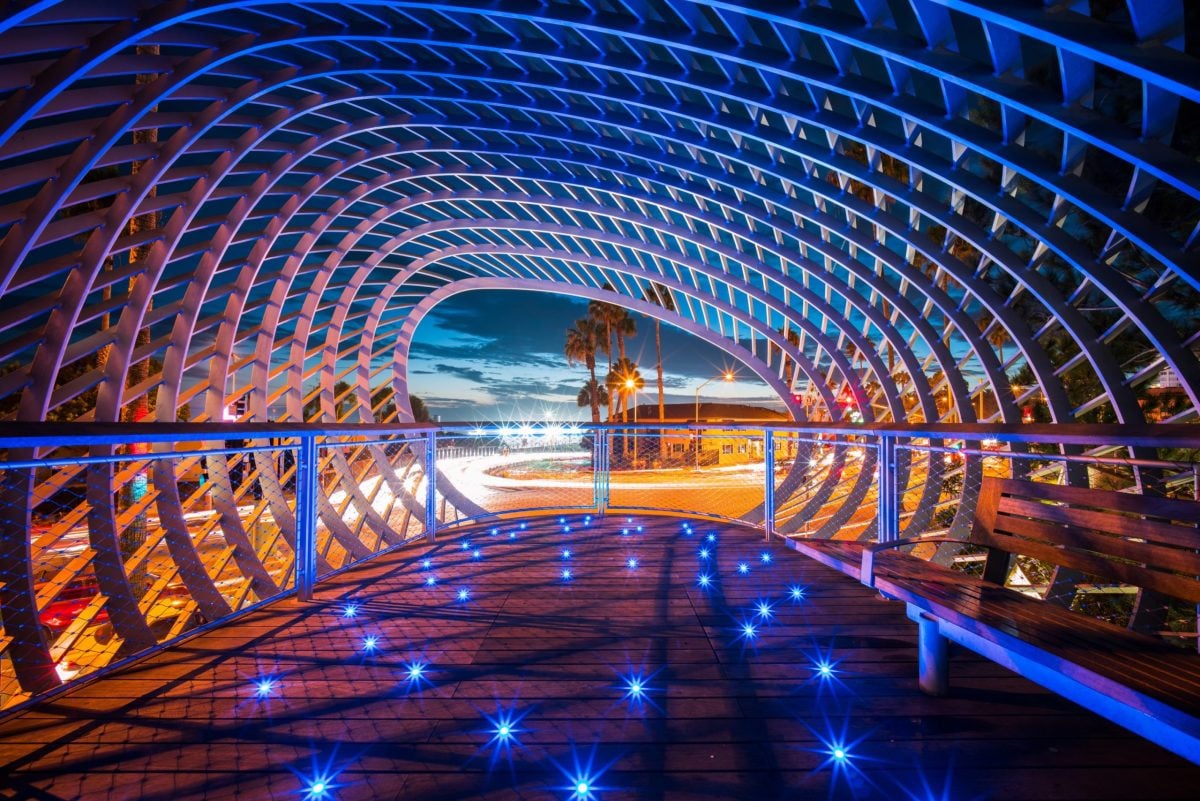
Sony cameras to me seem a little boring, the UI is pathetically behind (still no touchscreen menu, something Canon introduced in 2012) and they’re just not as fun to shoot with.
However, the system overall is still very powerful and very cool. I think Sony will eventually catch up with the competition with UI, but it probably won’t be for another 2-3 years. They’ve shown us they won’t update the screens / UI with the A7rIV and A9II, which means they won’t do it for the A7IV either. This means we’ll have to wait for the next generation. Probably two years from today.
The cool thing about Sony is there are some really great third-party lenses available right now that are good enough, mainly the Samyang / Rokinon lenses. I’m not sure if they sell those in Australia; they don’t here in Japan, but there are some crazy sales going on right now in the US with those lenses. These lenses are actually pretty good. I own several Samyang lenses for APS-C, which have gotten very good over the last five years. So that would be super appealing to me if I was a low-budget hobbyist. I’ll actually probably order some for my Sony soon. Sigma glass is also a great value.
Samyang is rolling out their lenses with AF functionality for Canon RF now. They just released the 14mm with autofocus in the RF mount, so it looks like Sony will eventually lose this advantage.
I’m not sure if or when anyone will make AF lenses for Nikon with autofocus. Nikon might keep its system closed up like Fujifilm’s.
So, you can build a prime lens collection with Sony very cheaply, but their Sony-brand zoom lenses are usually more expensive.
Fujifilm
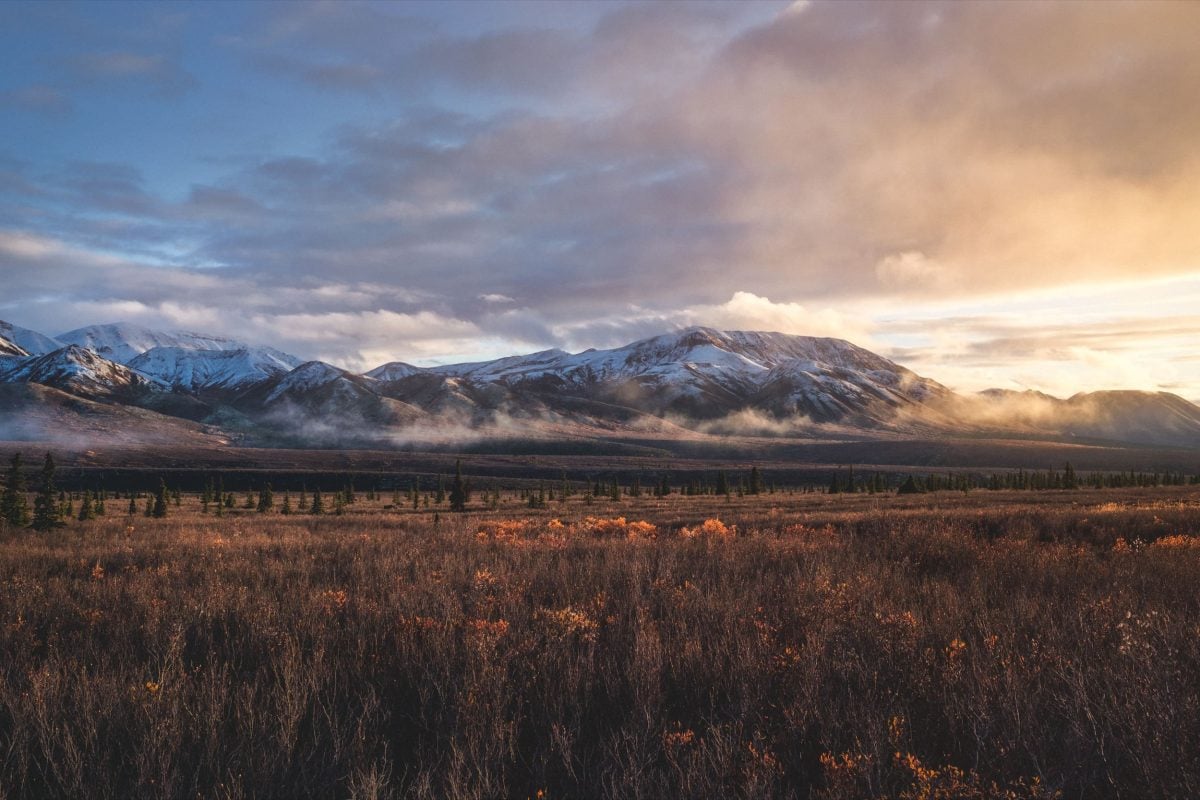
Fujifilm has everything you could really need. If all you ever wanted was f4 zoom lenses for a Nikon or Canon, you could instead get the f2.8 Fujifilm lens, which would give you the same depth of field and more light. Fujifilm f2.8 lenses are very good. FujiFilm is just good. Colors are good, lenses are good, and their cameras are packed with features.
But there are some disadvantages –
There is no IBIS in their new cameras and no weather sealing in their fast f1.4 or f1.2 lenses. (This is why I started buying into Nikon.) By the way, I rarely need IBIS.
The main thing I love about Fujifilm is that they are great for all those cheap Chinese third-party lenses, which are a ton of fun, especially for hobbyists. I especially like the new Kamlan 50mm f1.1 II.
Fujifilm also has my favorite colors, and you can use all its film simulators to get some classic Fujifilm looks.
If or when Fujifilm starts rolling out some modern lenses that are f1 or f1.2, it will probably change the landscape for APS-C, and I imagine a lot more people like myself will shoot less full-frame.
Nikon
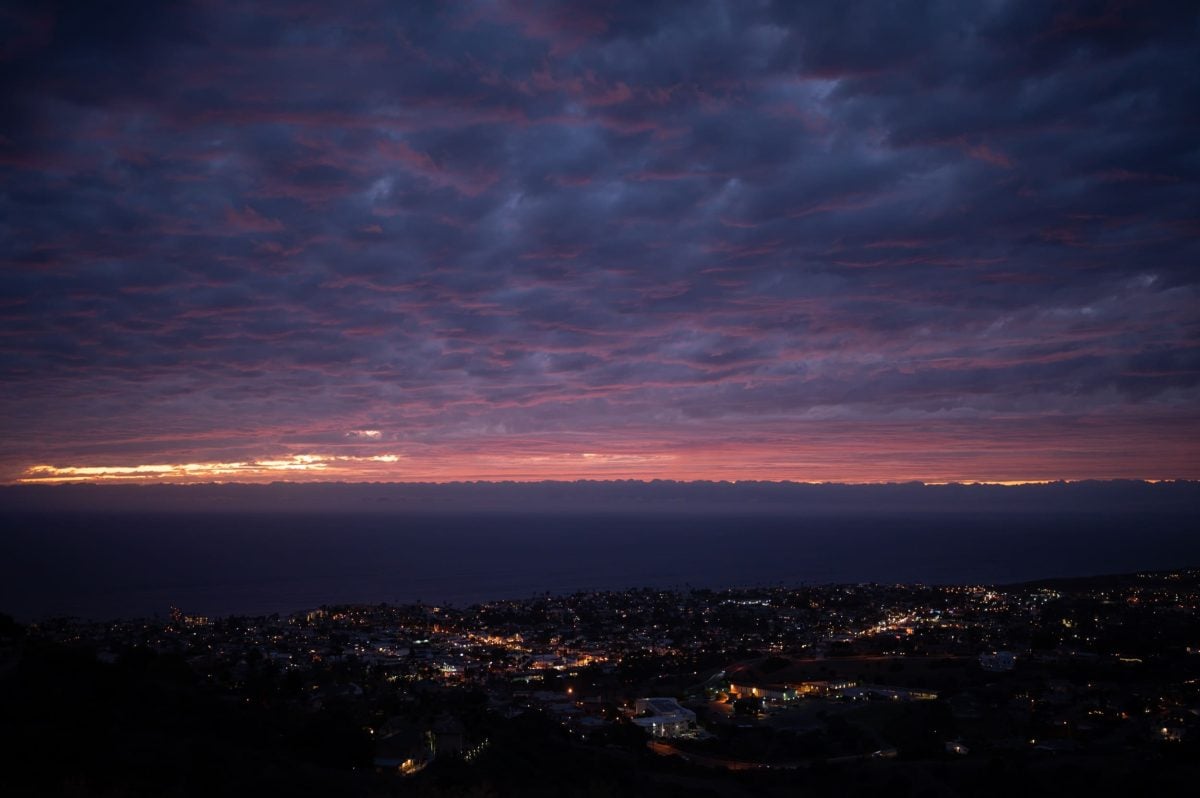
Nikon takes the cake for having the best overall camera body right now. The Z6 is just so far ahead of everyone else unless the Canon flippy screen is important to you or you need dual card slots or a vertical grip. Two things that are probably not that important to the hobbyist. You can even use Sony lenses on Nikon bodies with an adapter. The AF kind of sucks still, but it will likely get better.
You can also now send your camera to Nikon for ProRes RAW video. However, the Z6 does have an optical low-pass filter (AA filter), so I get slightly crisper images with my Fujifilm X-T3. The AA filter does help things look nice when shooting video since it removes the moire. The A7III and EOS R have similar AA filters as well. My A7rIII does not, and the Z7 does not.
The f1.8 Nikon lenses are very good, very high quality. I shot with the 85mm f1.8 all night once during a typhoon, and the weather sealing worked perfectly. The lenses are also great for video since they are silent and fast. They are a little clinical, though, in terms of look, and the 85mm does have quite a bit of cat eye bokeh, which sometimes is distracting. But for the most part, the Z lenses are some of the best, if not the best, sub $1,000 mirrorless lenses you can buy. Unless a Zeiss Batis goes on sale or something.
Canon
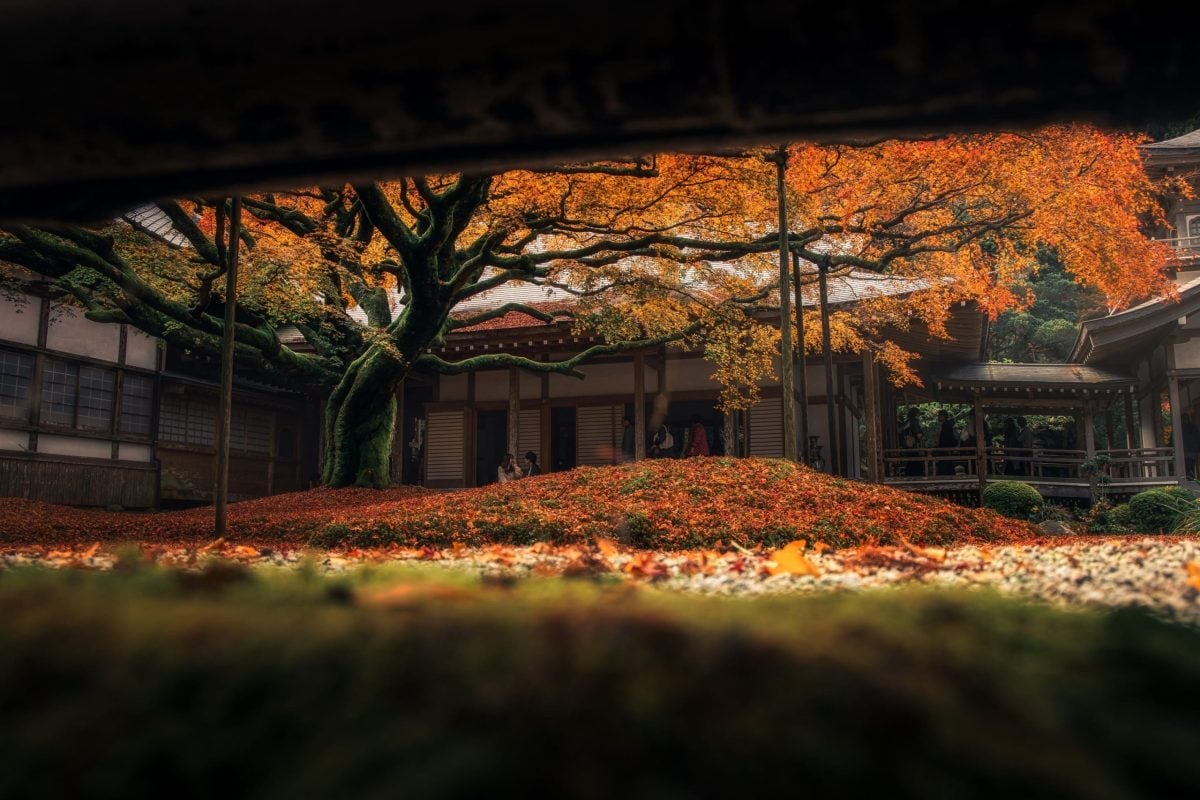
Today, Canon is just not there yet because they don’t have any good hobbyist lenses. I hope to see some more third-party support from Canon; it’s just hard to know what will happen. I mean, the RF 35mm f1.8 is fine, but it has one of the worst astigmatism (bad coma) I’ve ever seen.
Canon will likely roll out a Beast R camera with dual card slots and IBIS, and Third-Party lenses will eventually fill out the system, so it’s obviously going to be a great system in the future. You could buy into it today for cheap with the Canon RP and just wait for the system to grow, or if you’re willing to wait for new stuff to roll out and want Canon today, I shot a lot last year with the Canon R with the 24-105mm f4, and it was a great experience with great results. A setup like this could get you through a few years while you wait for new bodies / future lenses.
It’s never a bad idea to buy into Canon.
Colors Science
All the cameras have different colors. My favorite colors to work with are Fujifilm’s. They have the most realistic look. Canon, of course, has a nice out-of-the-box color. If you don’t use film simulators, Mastin, RNI, or VSCO, then Canon has some great color. But it’s not just the color; it’s the color gradation. It seems that Canon cameras handle complicated color shifts in lighting better than anyone.
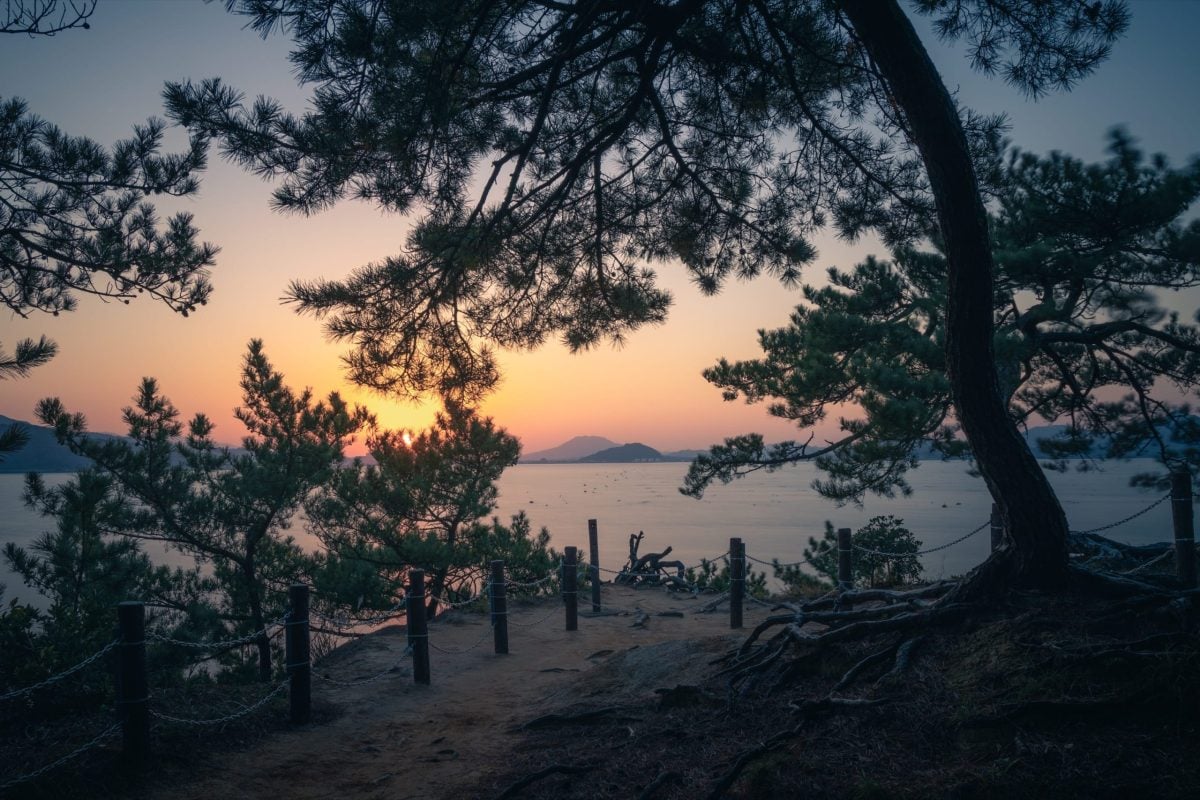
Sony colors try to simulate reality, but Fujifilm does this nicely. I think maybe Sony’s greens are nicer than Fujifilm’s, but for the most part, there is this subtle digital feel to Sony images that you sort of have to undo. They also struggle a little more with complicated color transitions like sunsets. Although Sony has said they’ve fixed some of this with A9 firmware, it should also be fixed a little with the A7rIV and the A9II. Sony has always been an underdog here, and they’ve done a pretty decent job of catching up.
Sony has a bad reputation for its colors, but really, Sony colors only bother me when shooting landscapes since they feel more digital than Canon or Nikon. Ironically, I still shoot mostly Sony for my landscapes. But my preference for landscape shooting would be Canon and Nikon. Nikon colors can be weird sometimes, though.
Sony’s colors aren’t so bad for daily life. They just got a bad reputation because they were the first to be full-frame mirrorless, and their early cameras had terrible problems with AWB, which people mistakenly took for “bad color science.” You can go to my main Instagram; most are images shot with my Sony cameras. It’s fine.
Nikon colors are interesting. It’s the Nikon look; you either love it or hate it. I love it sometimes, but I find it a little difficult to work with when changing the look to match a Kodak Gold or something. I’m getting better at it, but Nikon colors have a pastel feel.
I still think they look great when shooting the natural world, like landscapes. You will get used to them, and they do grow on you.
Since so many IGers are using Sony and Canon now, Nikon gives you a nice opportunity to have a different look. I’m constantly getting compliments regarding the color of images shot with my Nikon.
Conclusions
My bias is probably obvious, for the way I shoot I’m mostly using Nikon and Fujifilm. I’m still using my A7rIII for most of my landscape stuff and occasionally I use my EOS R whenever possible. I just brought back my 70-200 f2.8 II EF lens from California so hopefully, I can use my EOS R a little more this next year and I’m keeping my Canon as my zoom lens system for now.
At the end of the day, you really can’t go wrong with any of these systems. However, I personally have a hard time recommending any of them because my shooting style is different from yours. I buy what I need; you should buy what you need and always try to demo a camera in hand. You will end up having a clear preference.
I will say that Nikon probably has the best full-frame camera right now, but Canon and Sony will soon leapfrog them, and then Nikon will leapfrog them, and the cycle continues.
I recommend you really consider the lenses before buying into a system, too. Figure out what lenses you think you want or need, and look at the different options. I have several lists on this site of all the lenses from each brand, which you can find in the top menu.
All those AF third-party Sony lenses really make Sony hard to ignore, but they are already coming to Canon and, hopefully, Nikon.
When buying a camera, you should compare what you need and what’s available now to what you’re willing to wait for.
Today, you can still get everything you need from the Nikon f1.8 lenses, and they have expanded their zoom lenses with some cool options, like the 14-30mm f4.
Canon has made some mind-blowing lenses, like its f1.2 primes and f2 lenses, that no other system can’t match. But they are expensive.
Sony, just take your pick. They have everything that’s reasonable.
At this point, Fujifilm is probably the best jack-of-all-trades, master of none system, and I think that the APS-C system (specifically Fujifilm) is the best option for the average Joe. Actually, I would say that Fujifilm has the best internal video recording of them all, with 400Mbps 10-bit H.265 and the Eterna film simulator.
My Personal Favorite
My personal favorite cameras right now are the Z6 and the X-T3. I do enjoy shooting with the Z6 a little more and I like those f1.8 Z lenses.
However, if my house were burning down, I would probably grab all my Fujifilm gear before my Nikon, Canon, or Sony. Although I think I would reach for my A7rIII even if it meant getting a little burnt since that camera was expensive when I bought it, and I love its versatility.
I have always loved shooting with my Canon; I just don’t have many great lenses for it, so I don’t use it too often.
Samples From Every Camera
Here are all my shots taken with the different cameras from the last year or two. Each camera can get you there. Some shots in this post were even shot with the older X-T2 or the A7rII, which aren’t nearly as good with features as the newer cameras.
I hope you found this helpful! Good luck!
Follow me on my street Instagram here to stay updated.
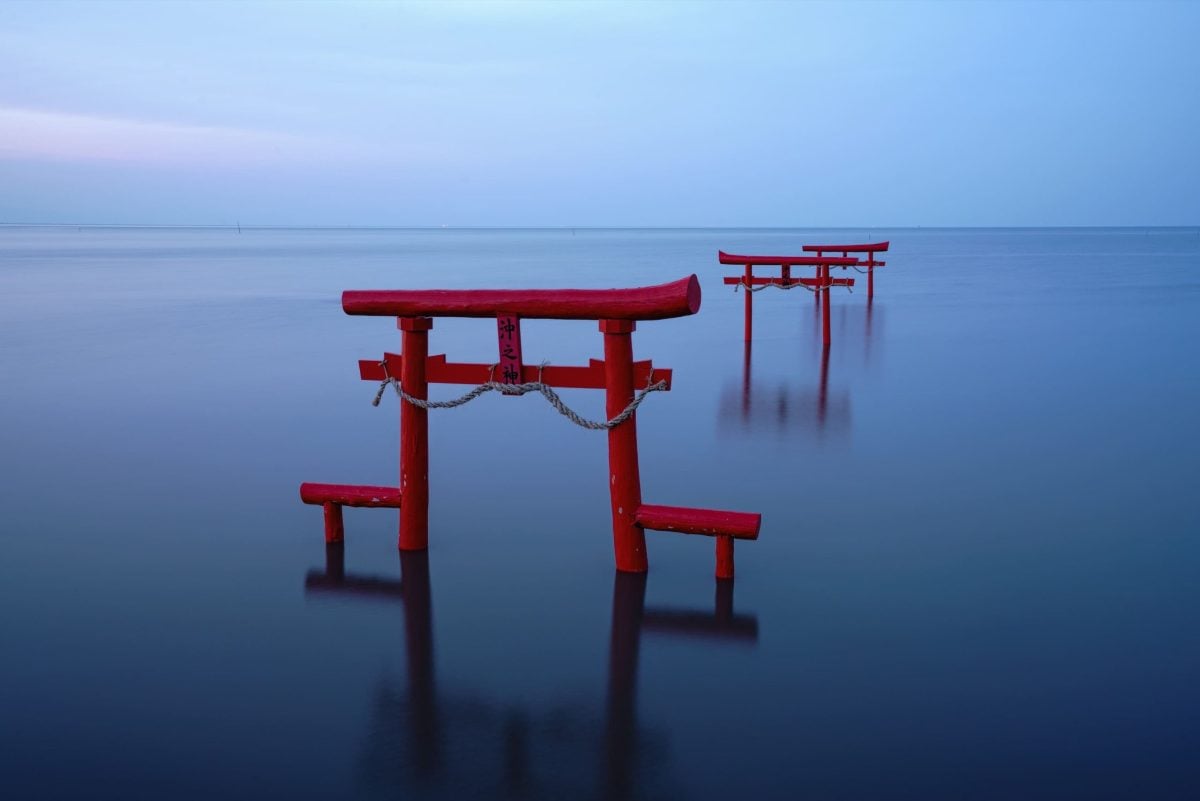
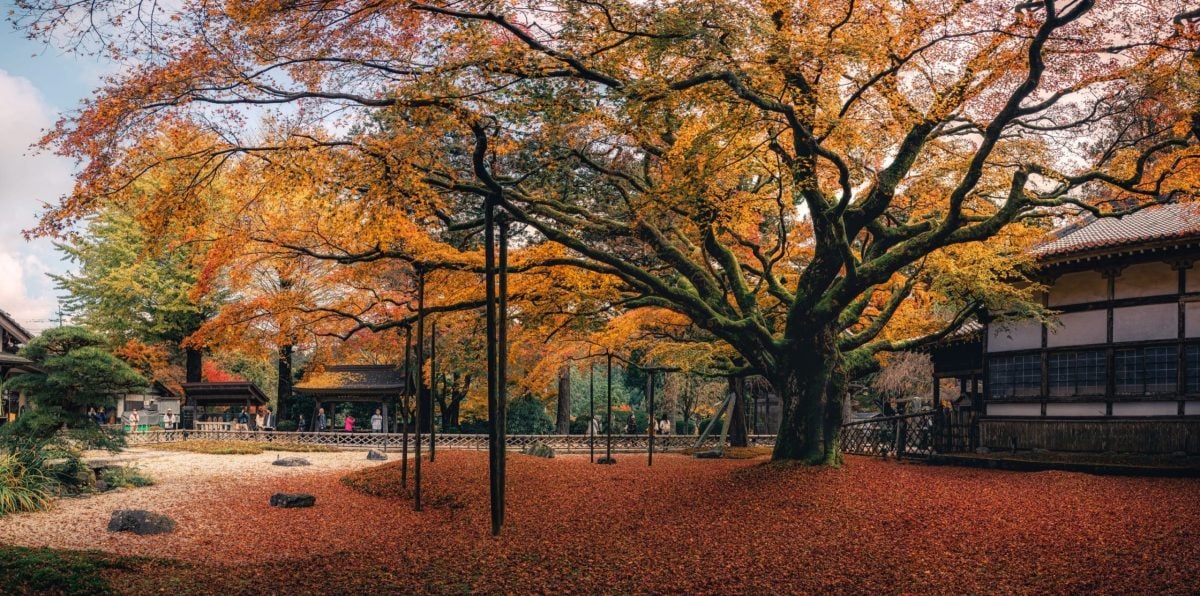

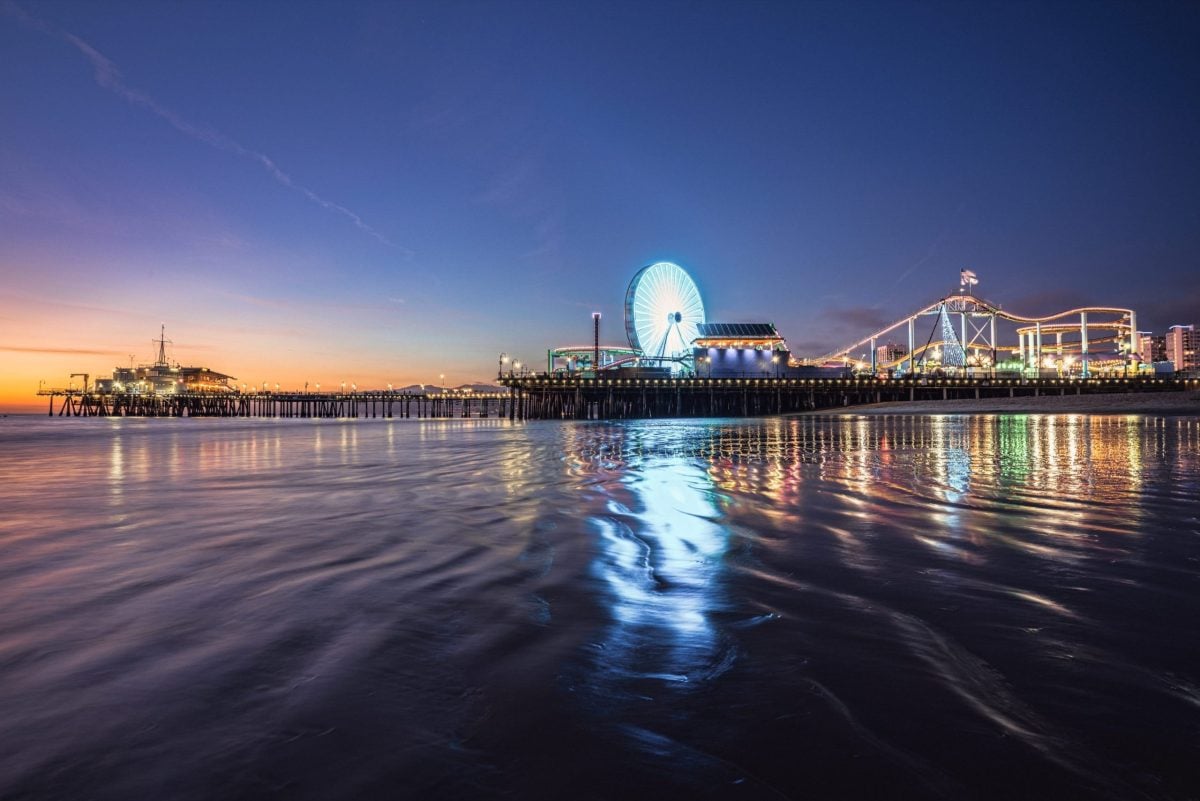
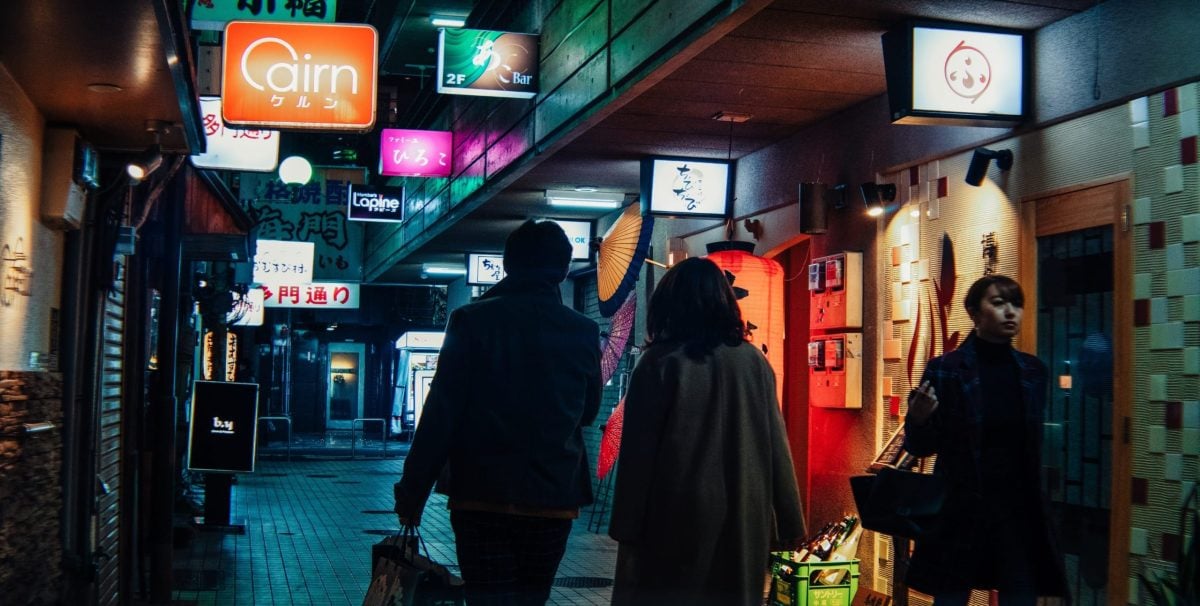
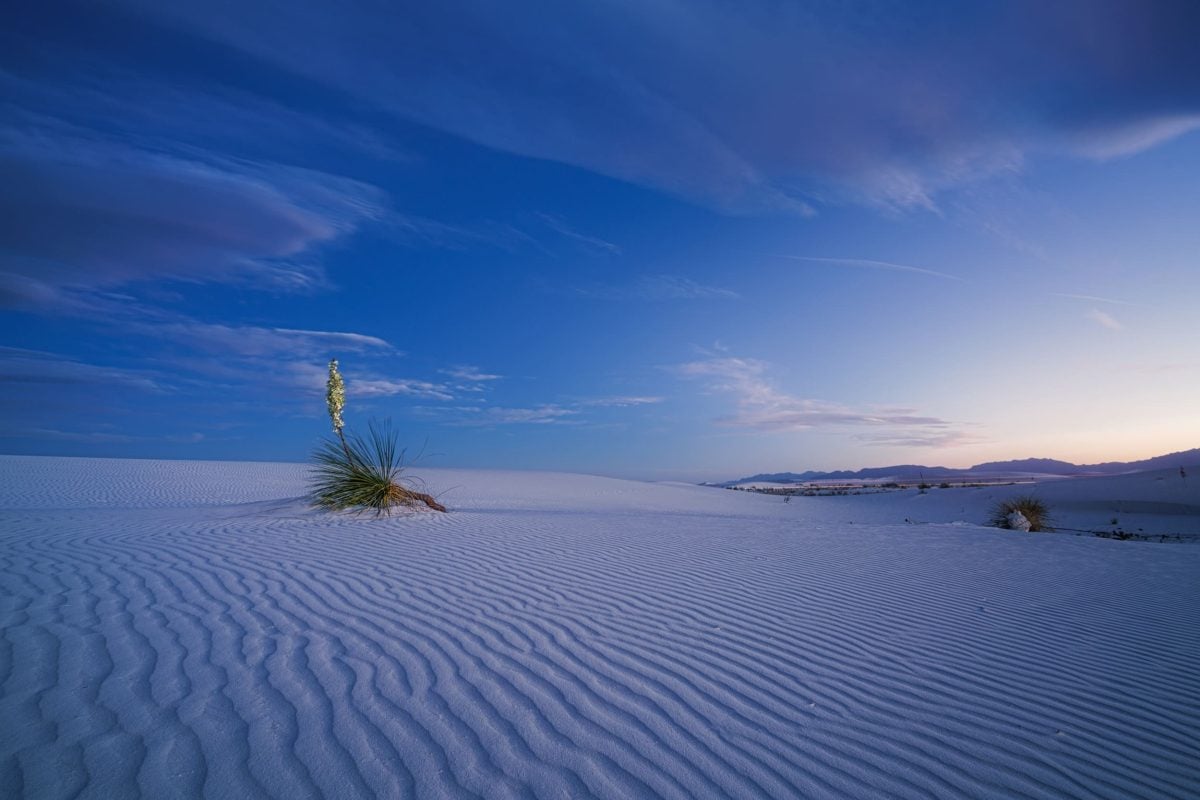
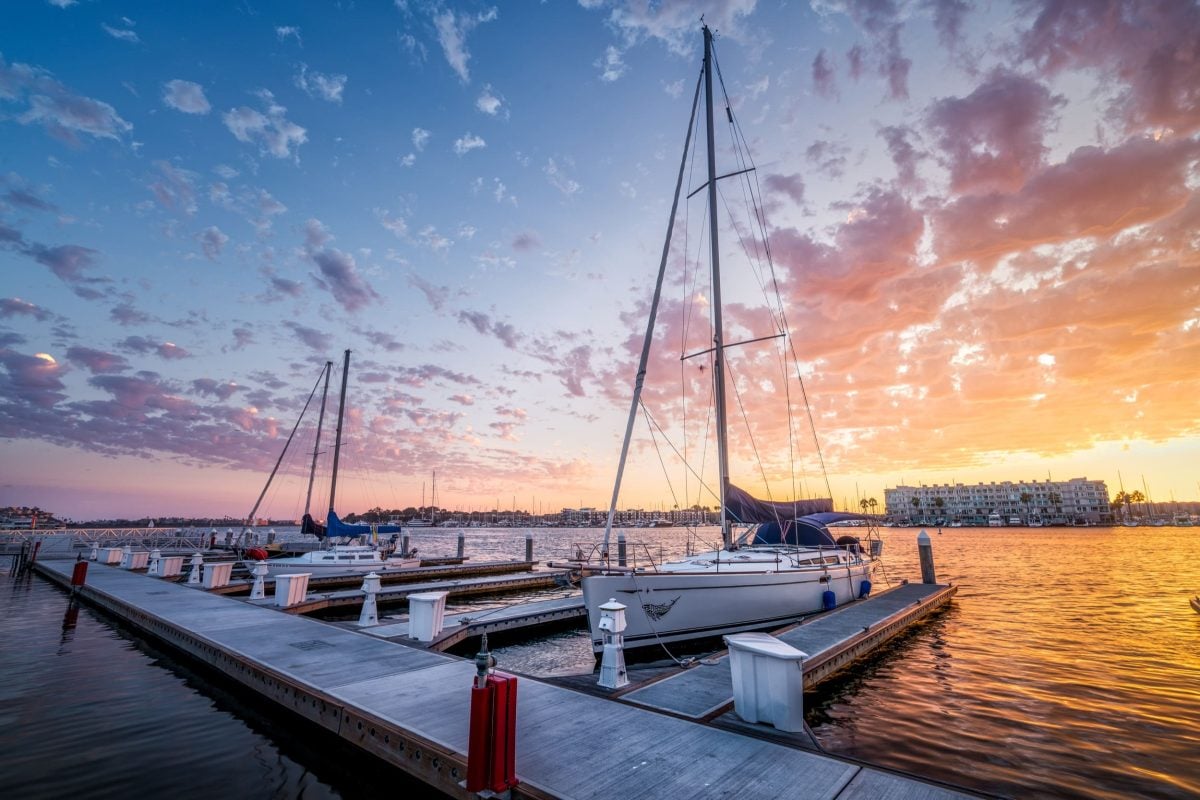

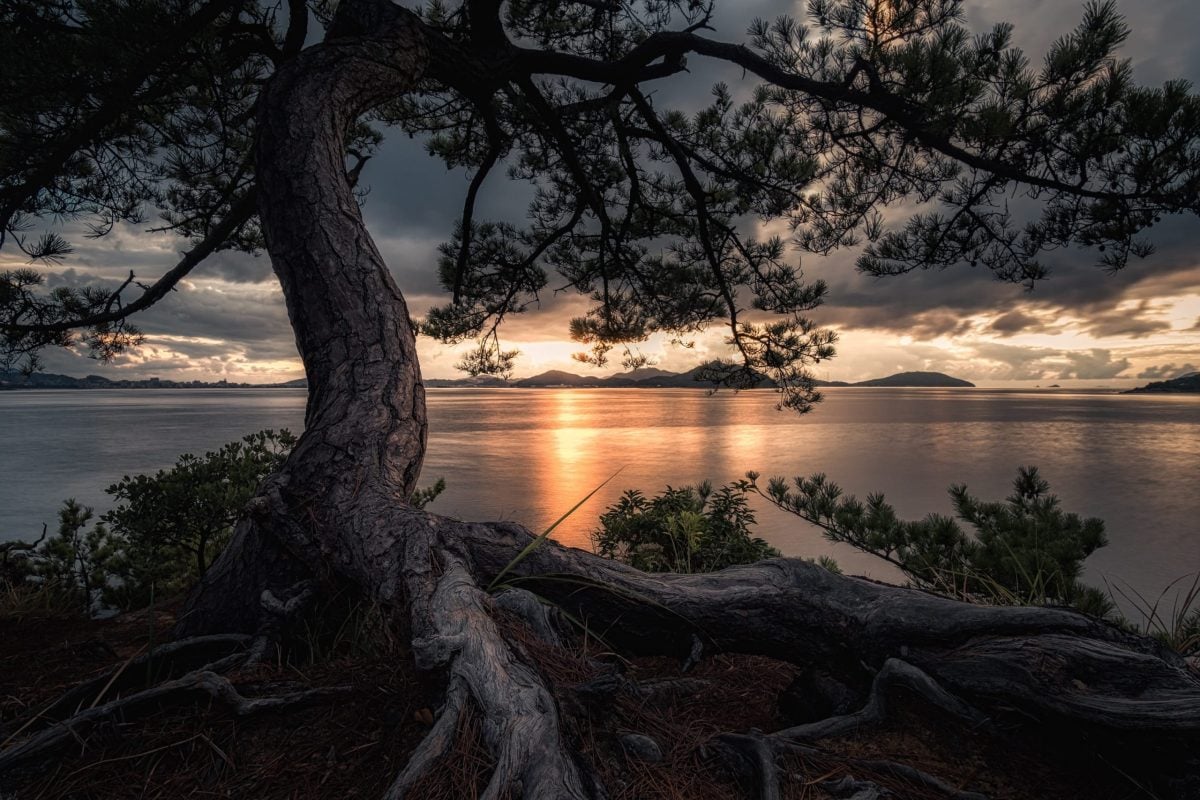

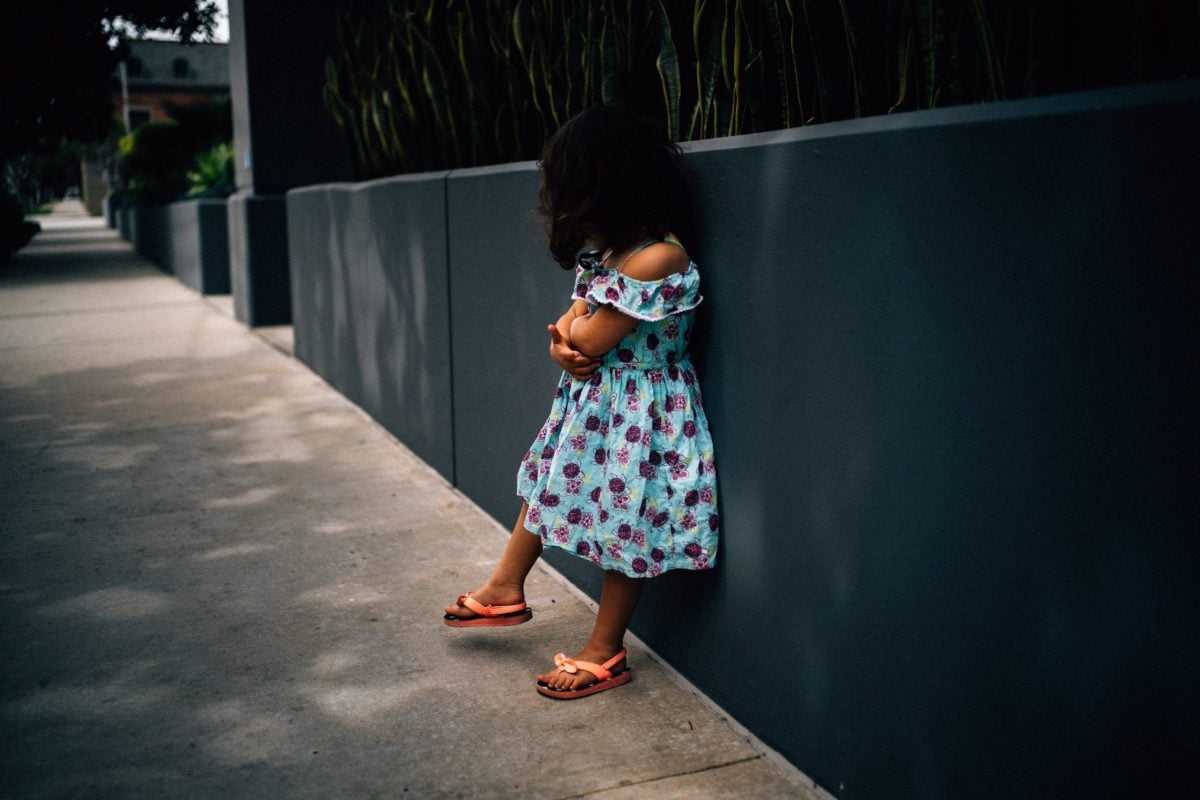
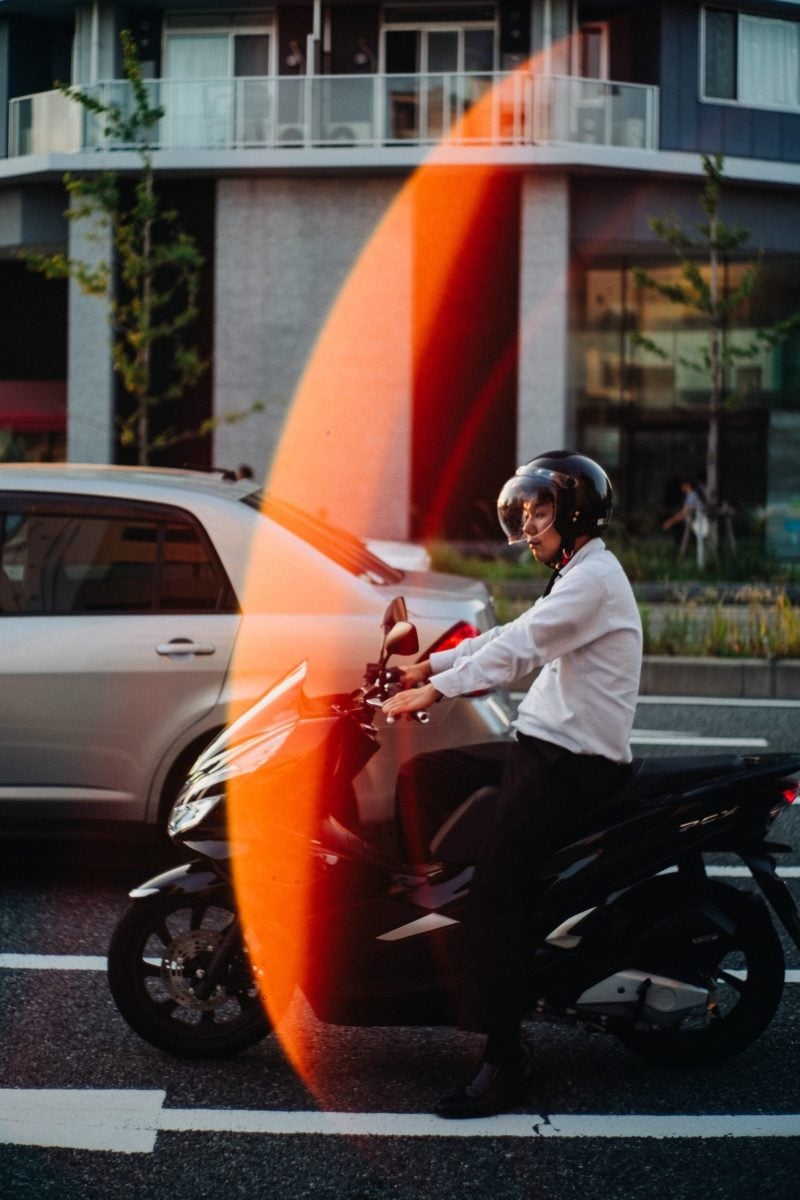
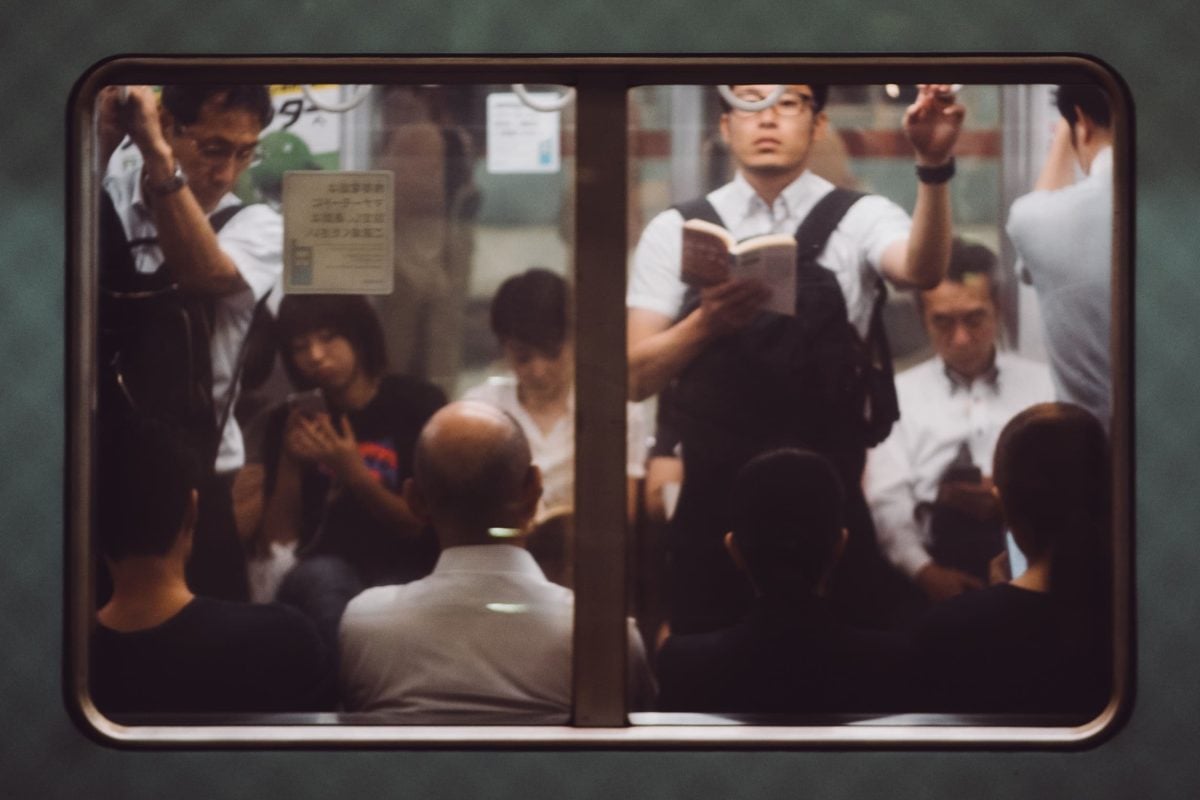
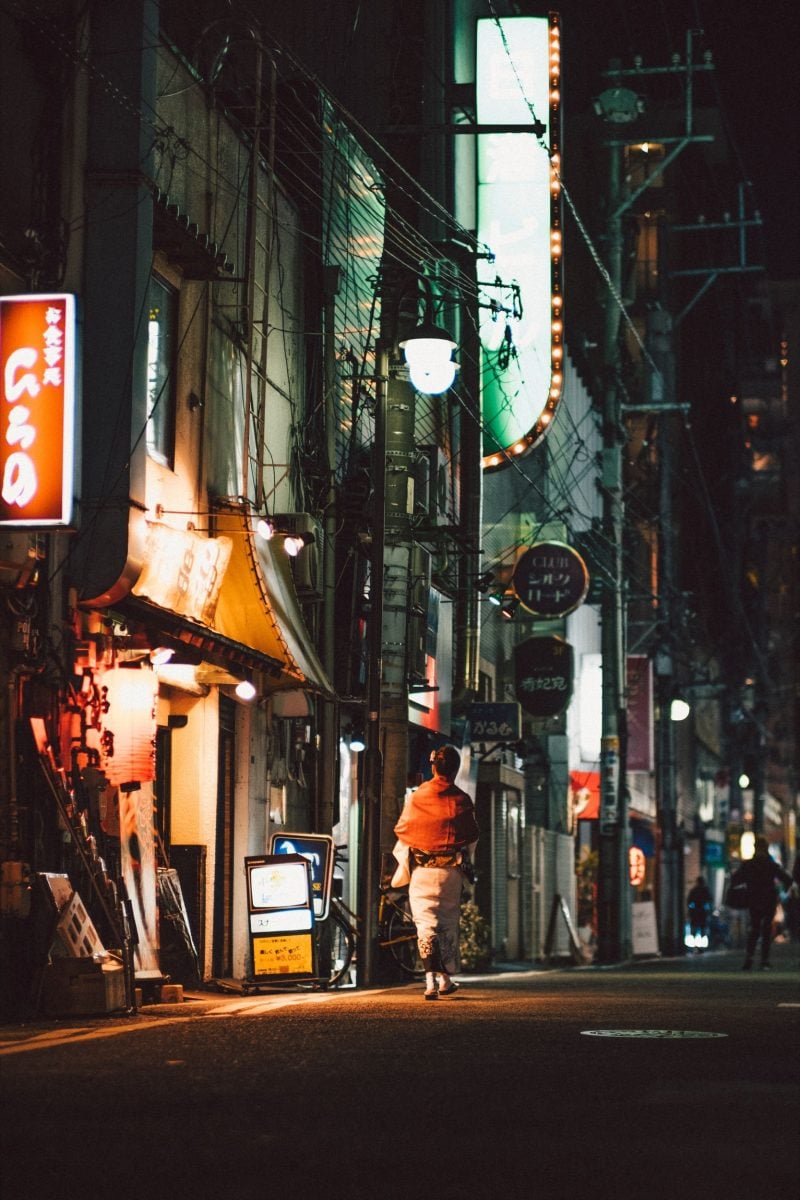
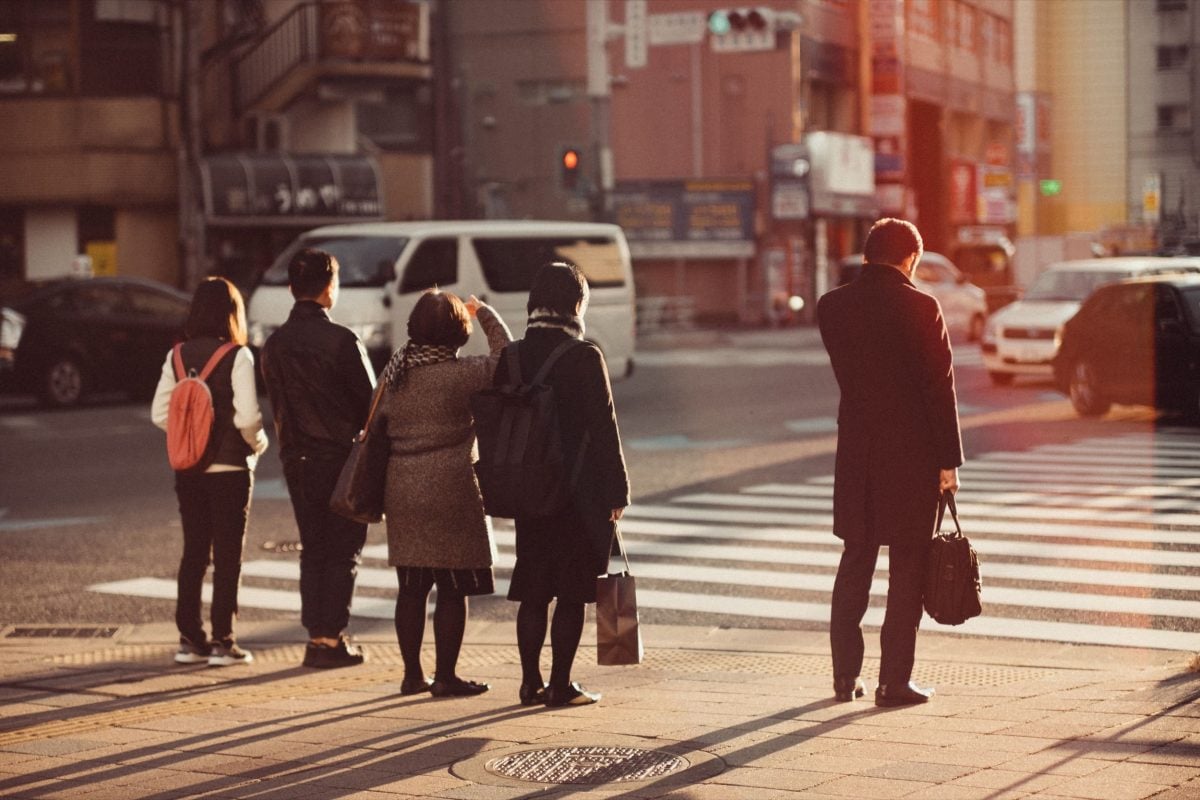
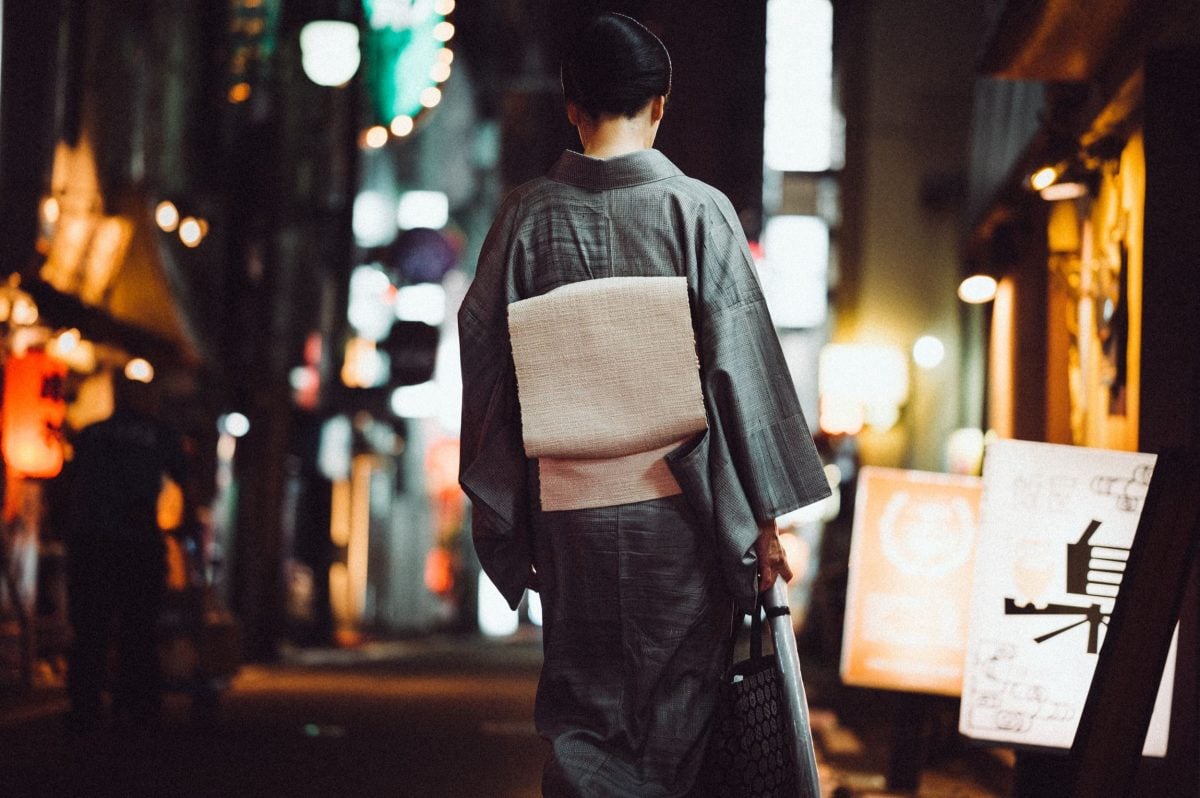
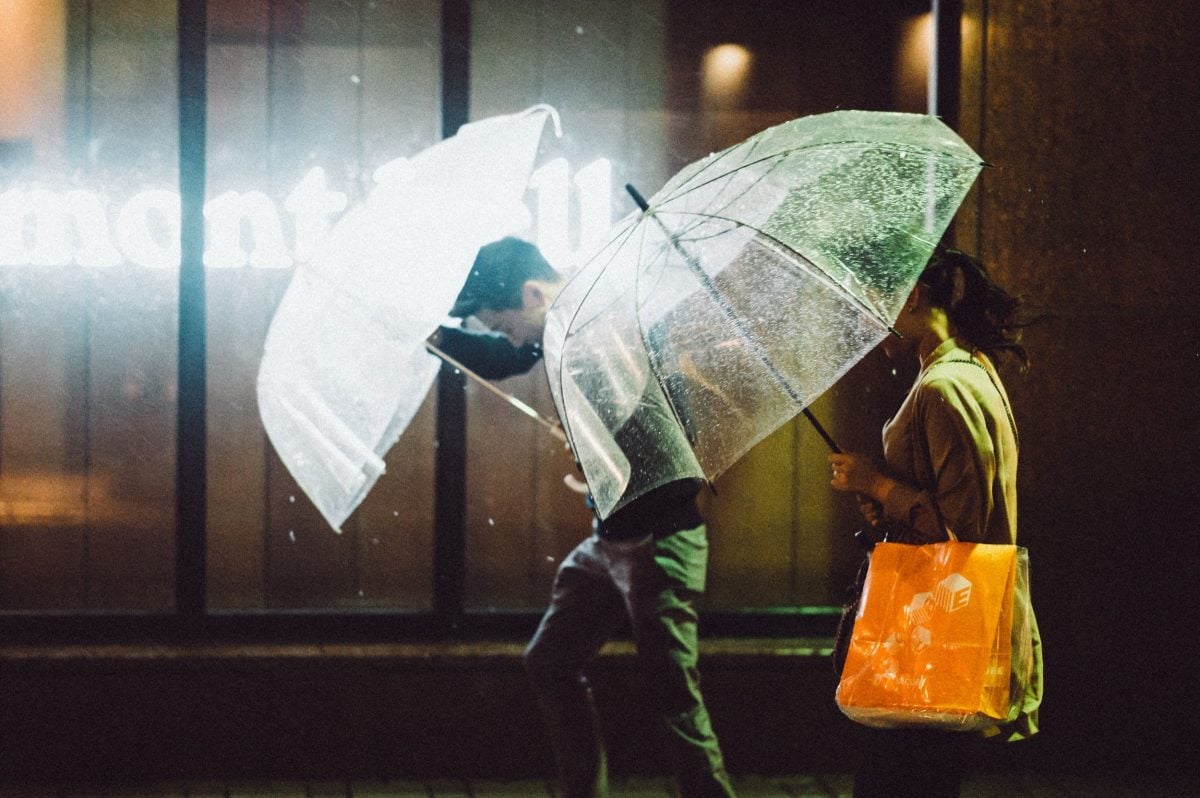
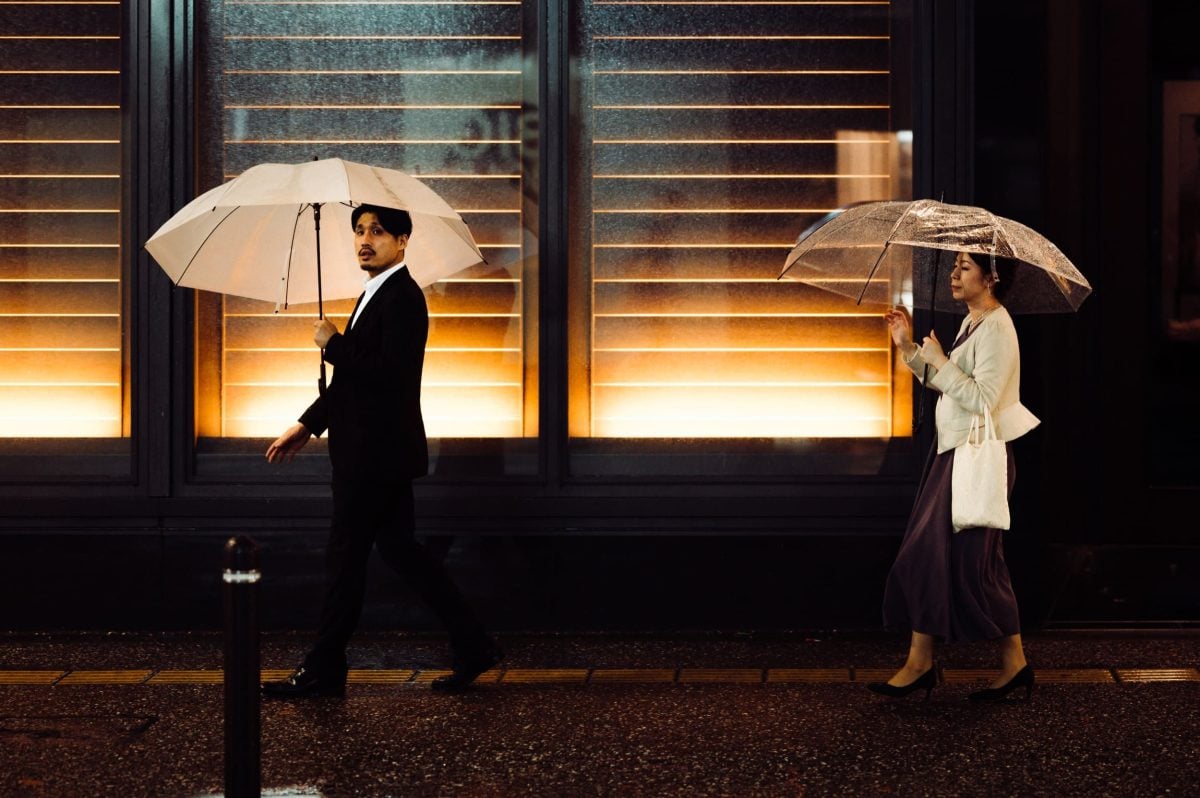
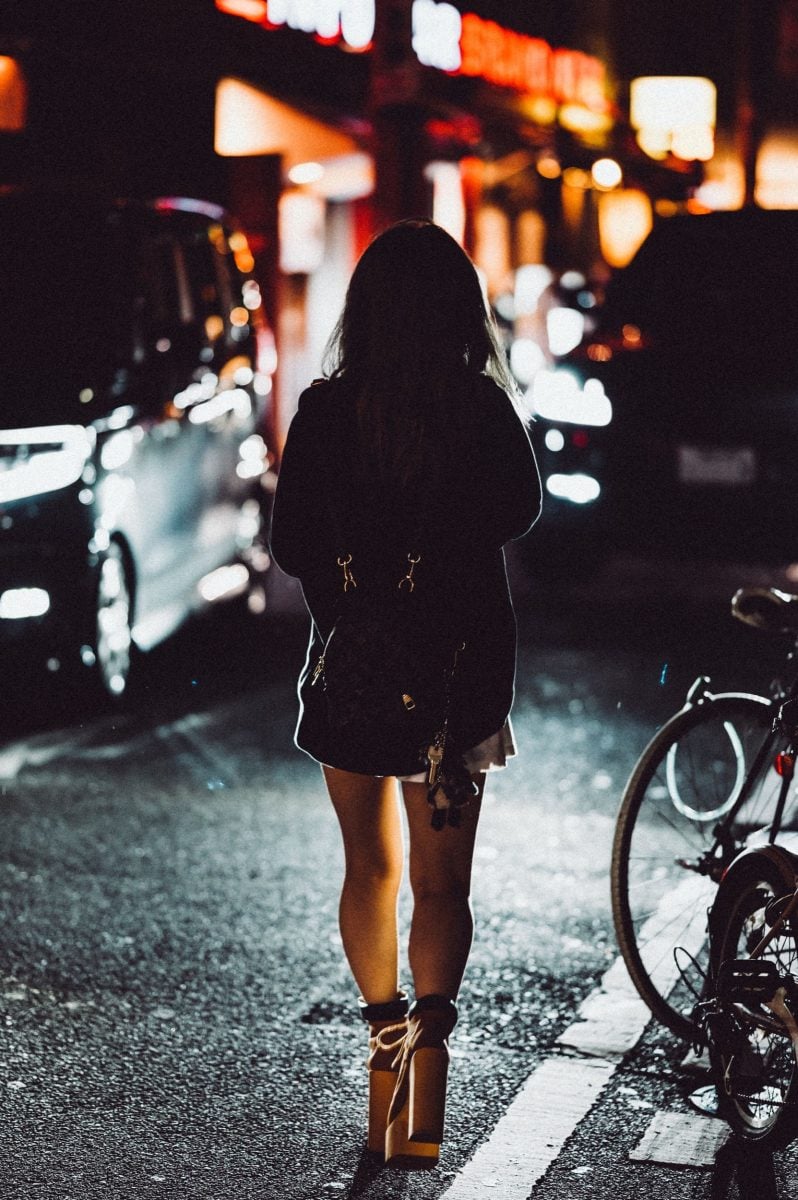
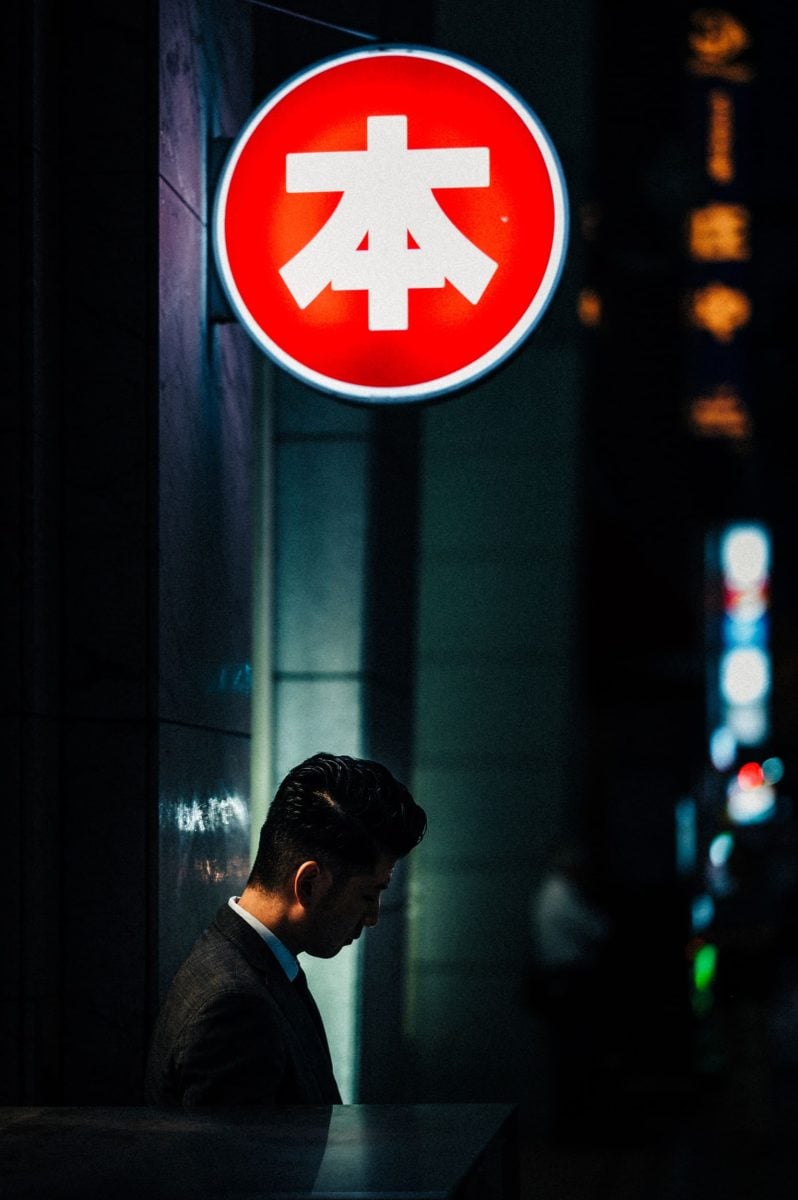
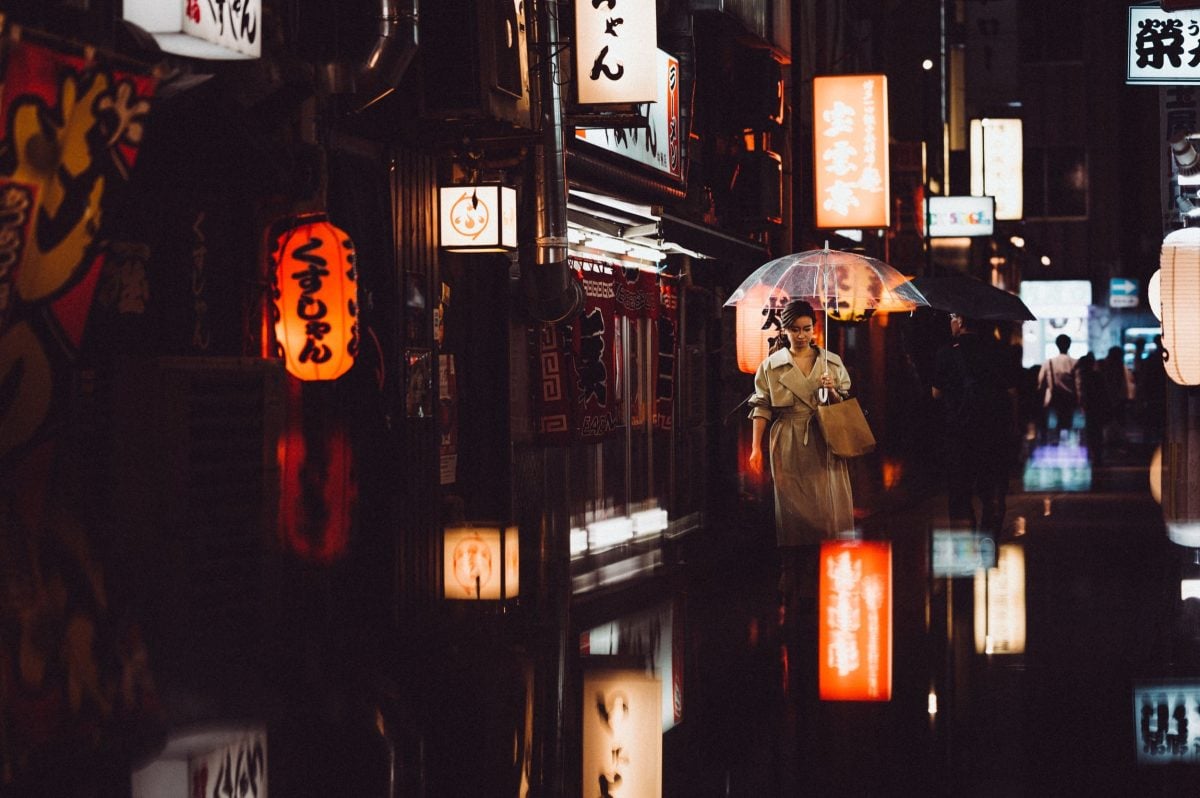
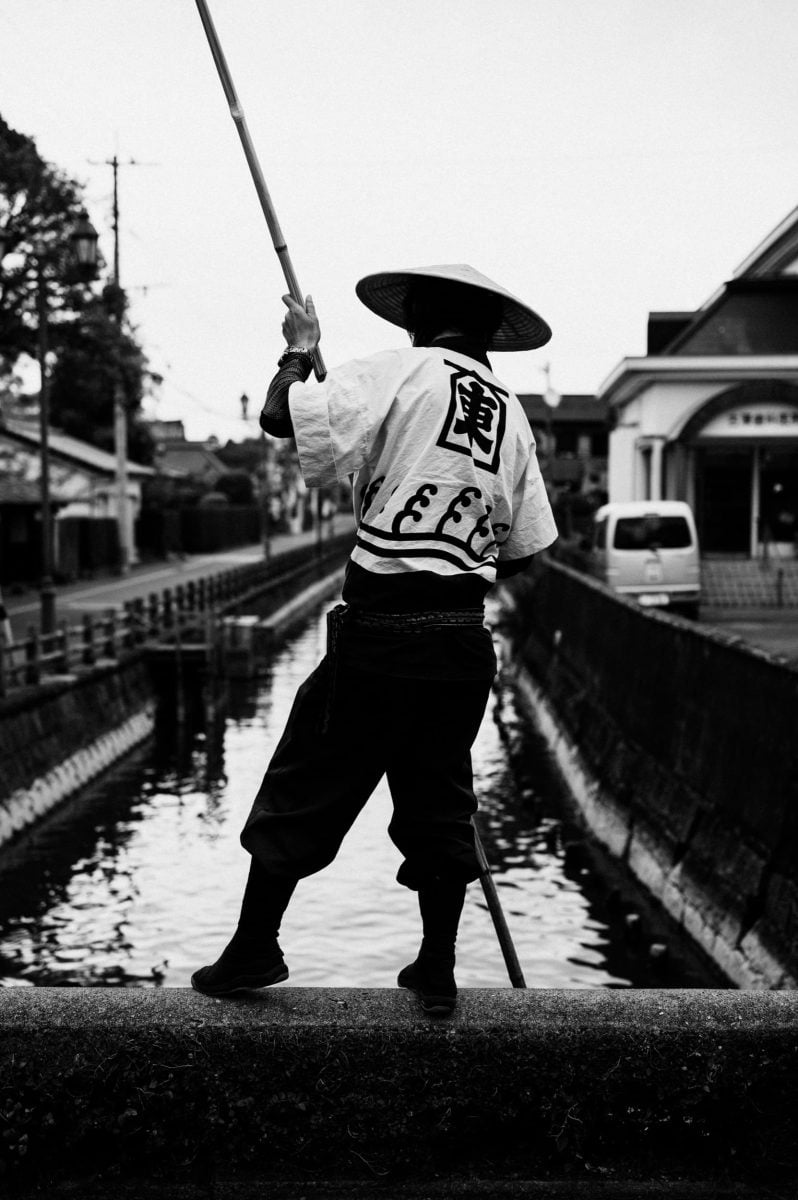
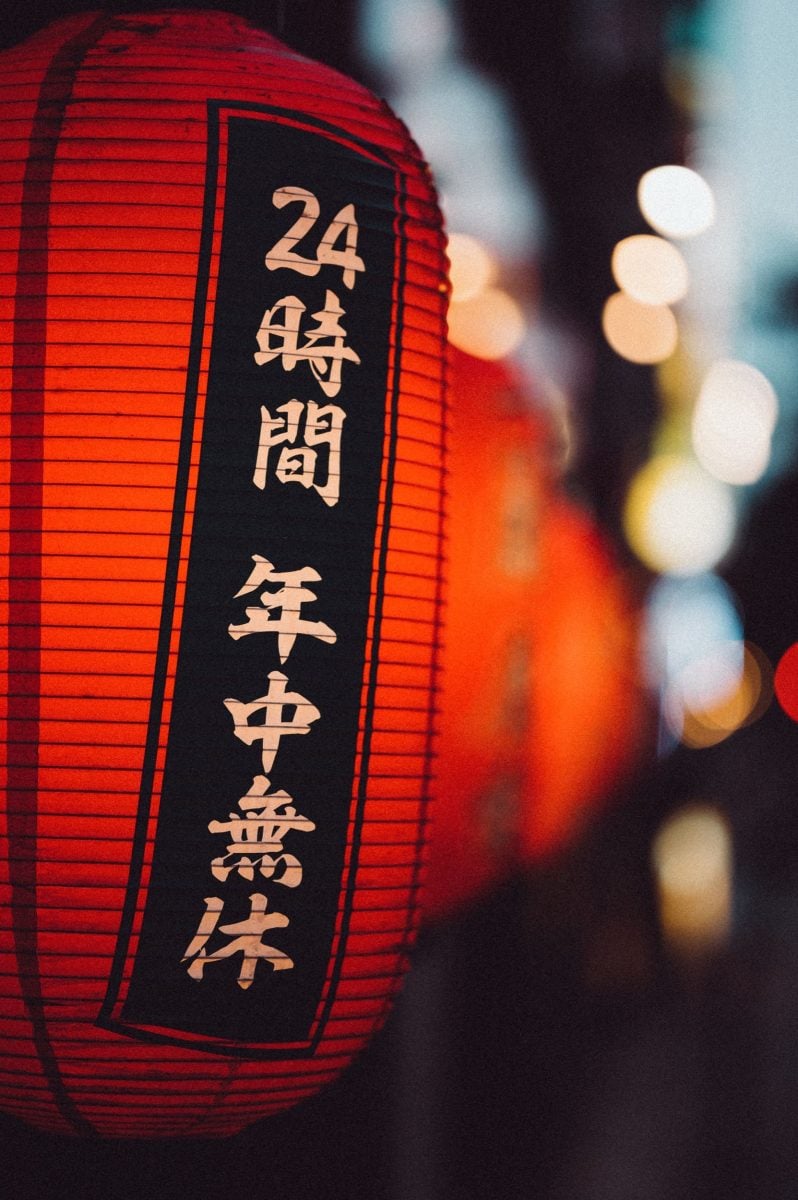

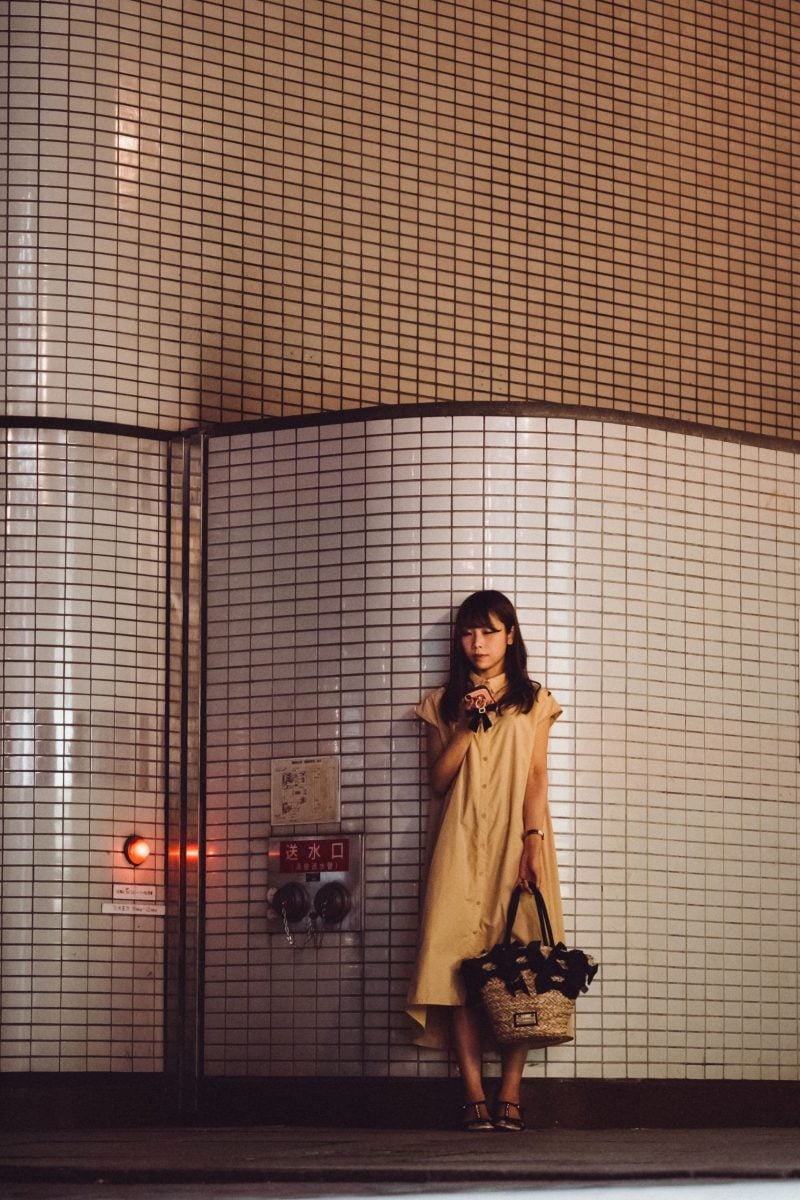
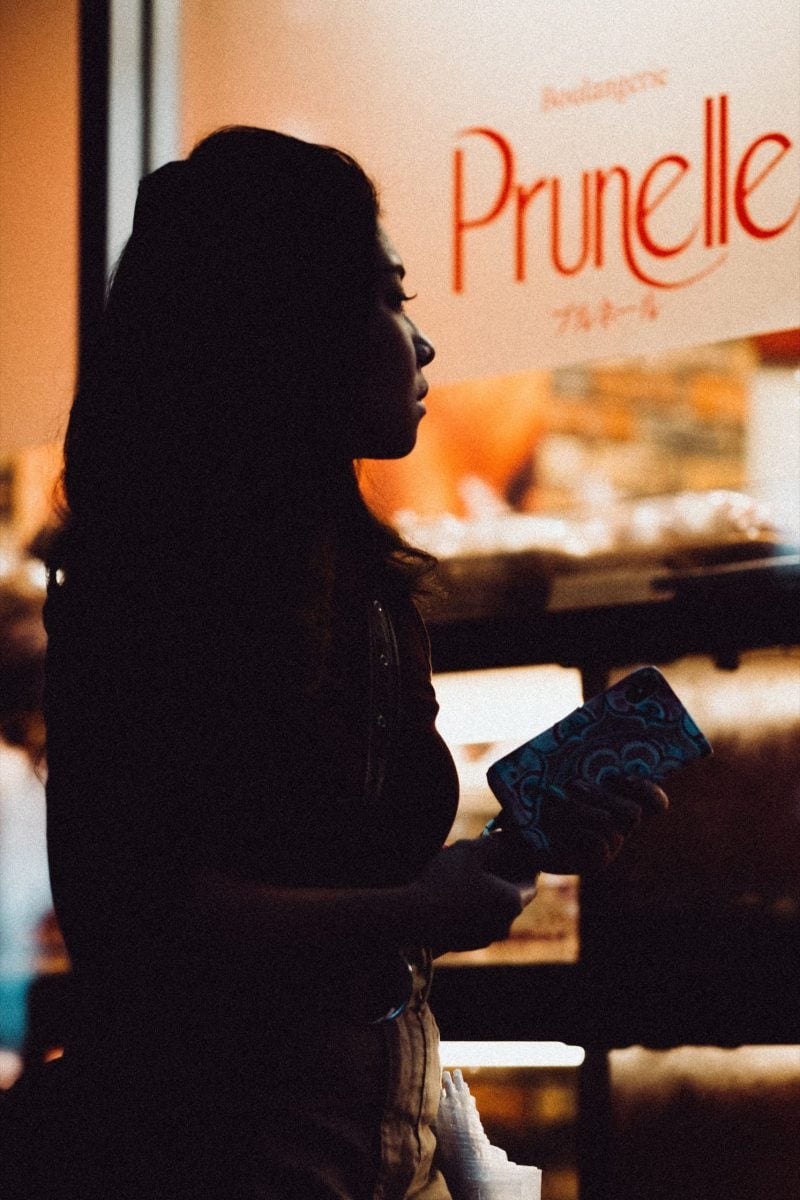
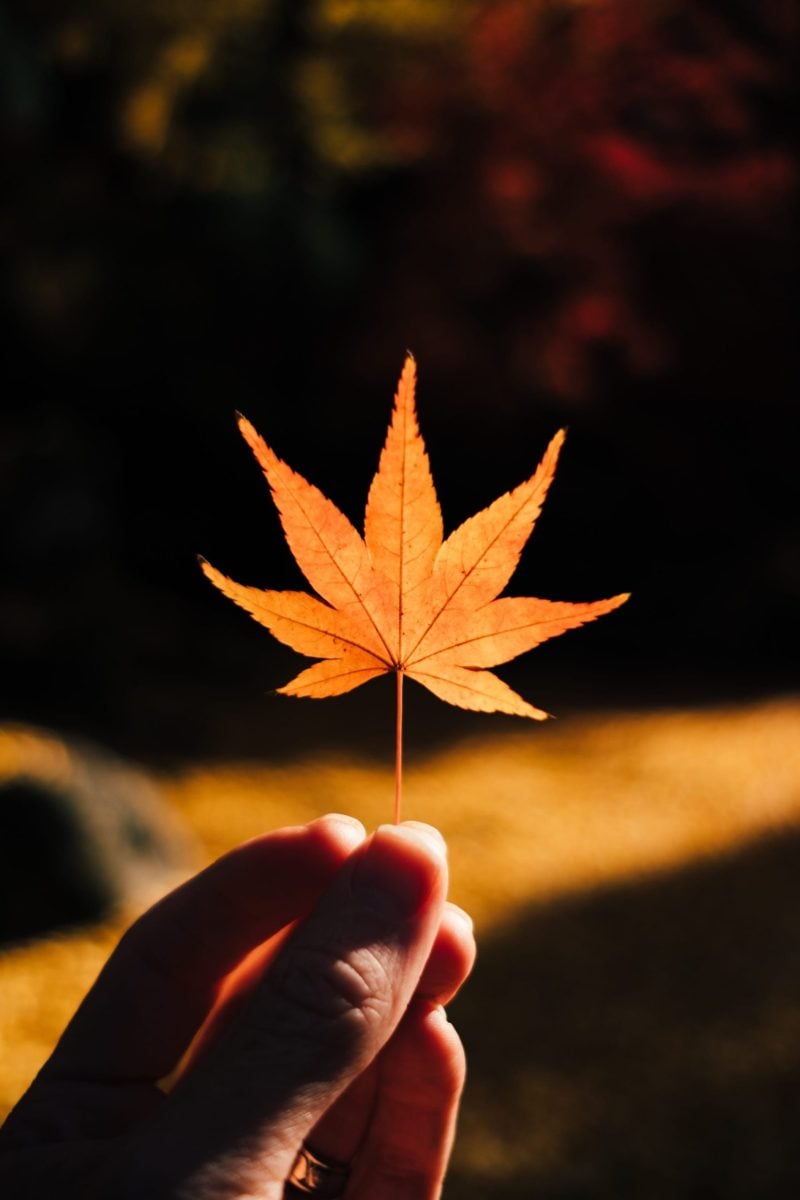
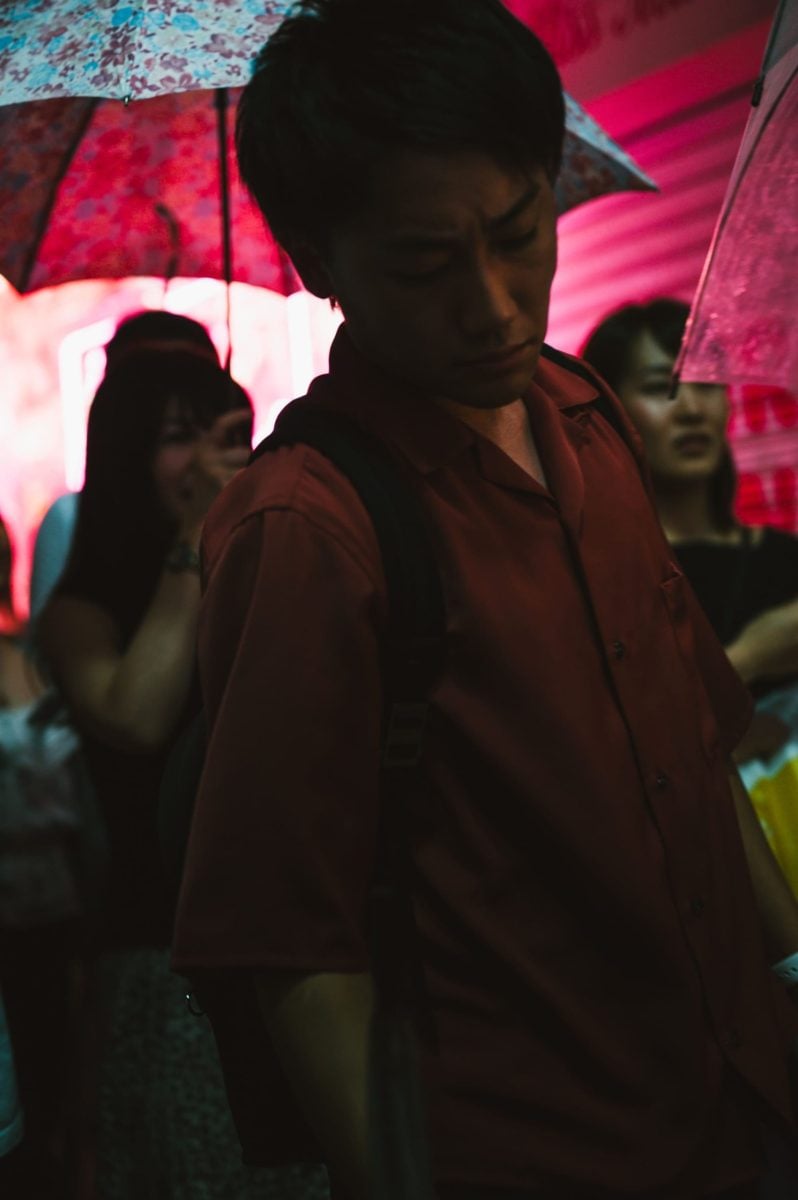

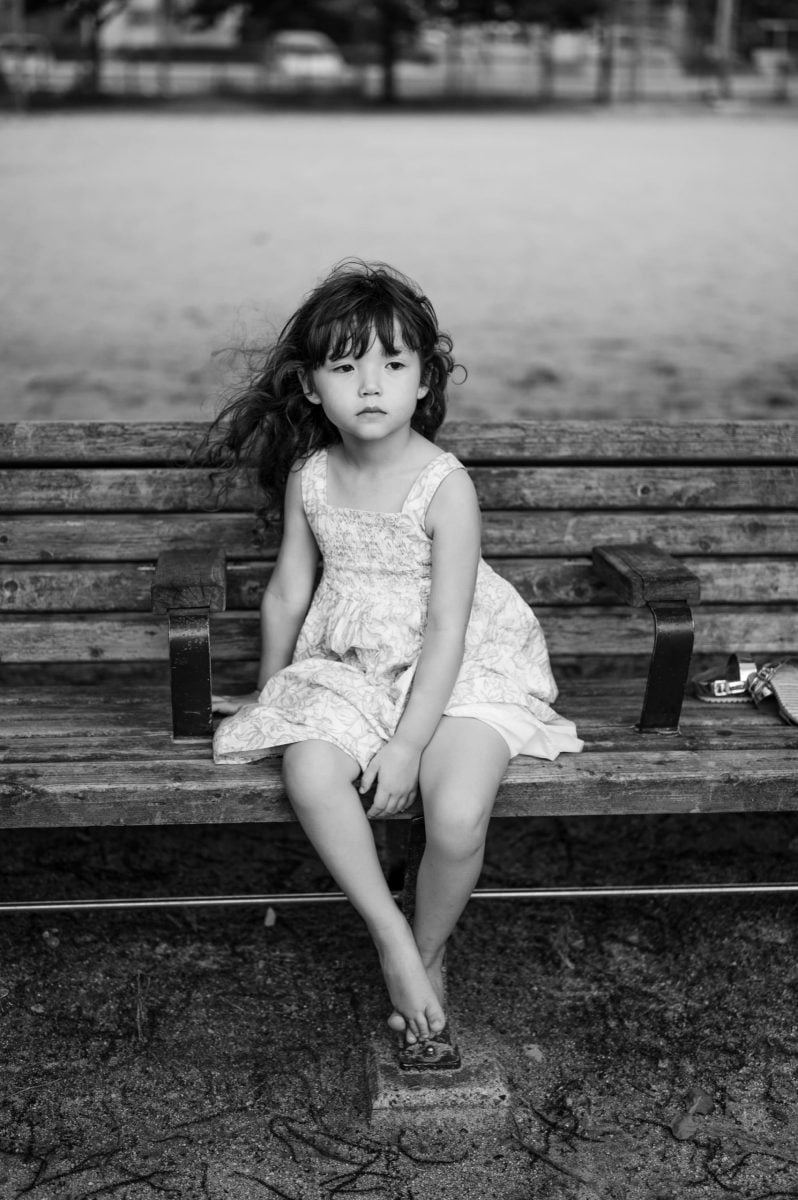
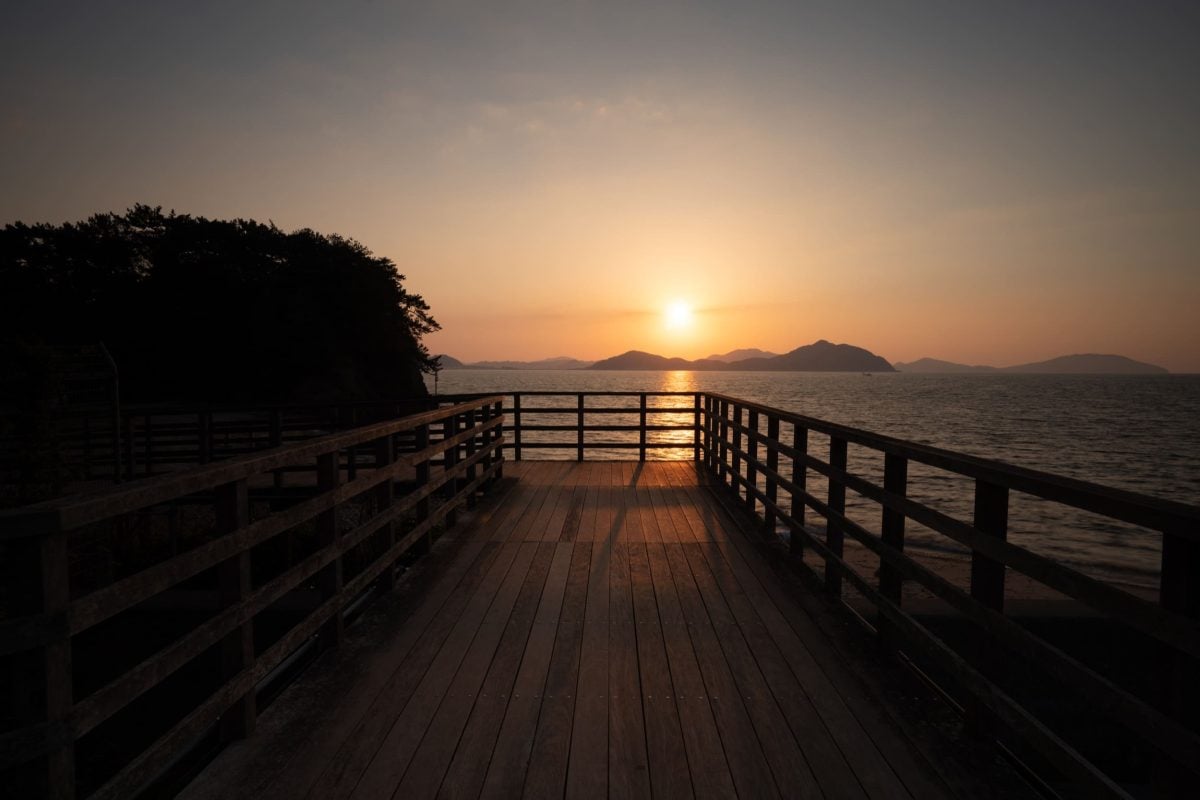


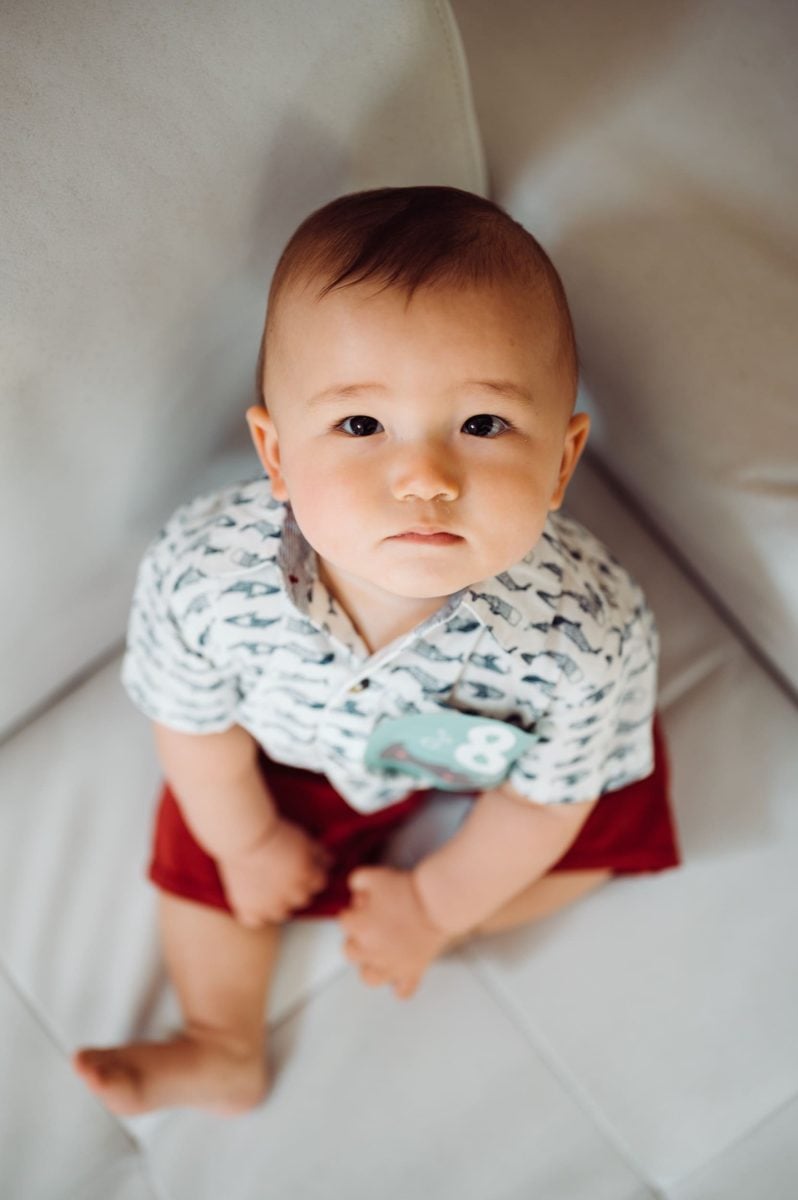
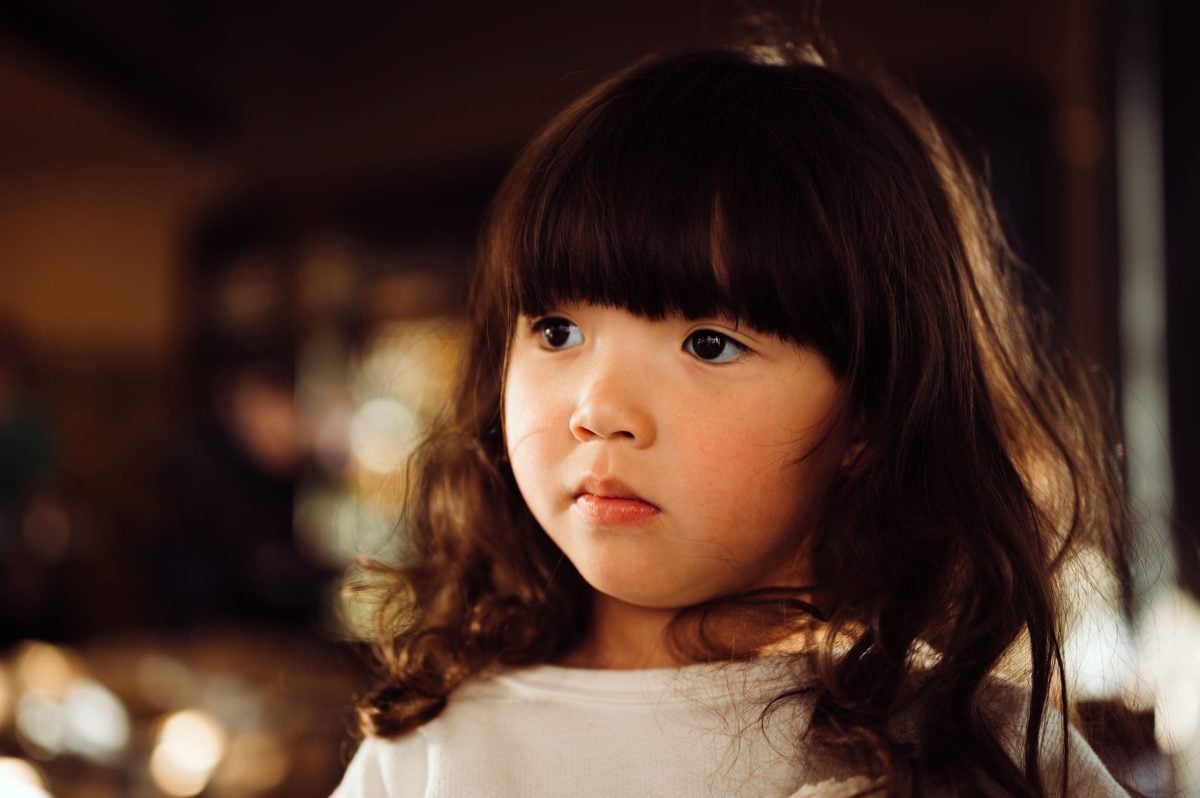
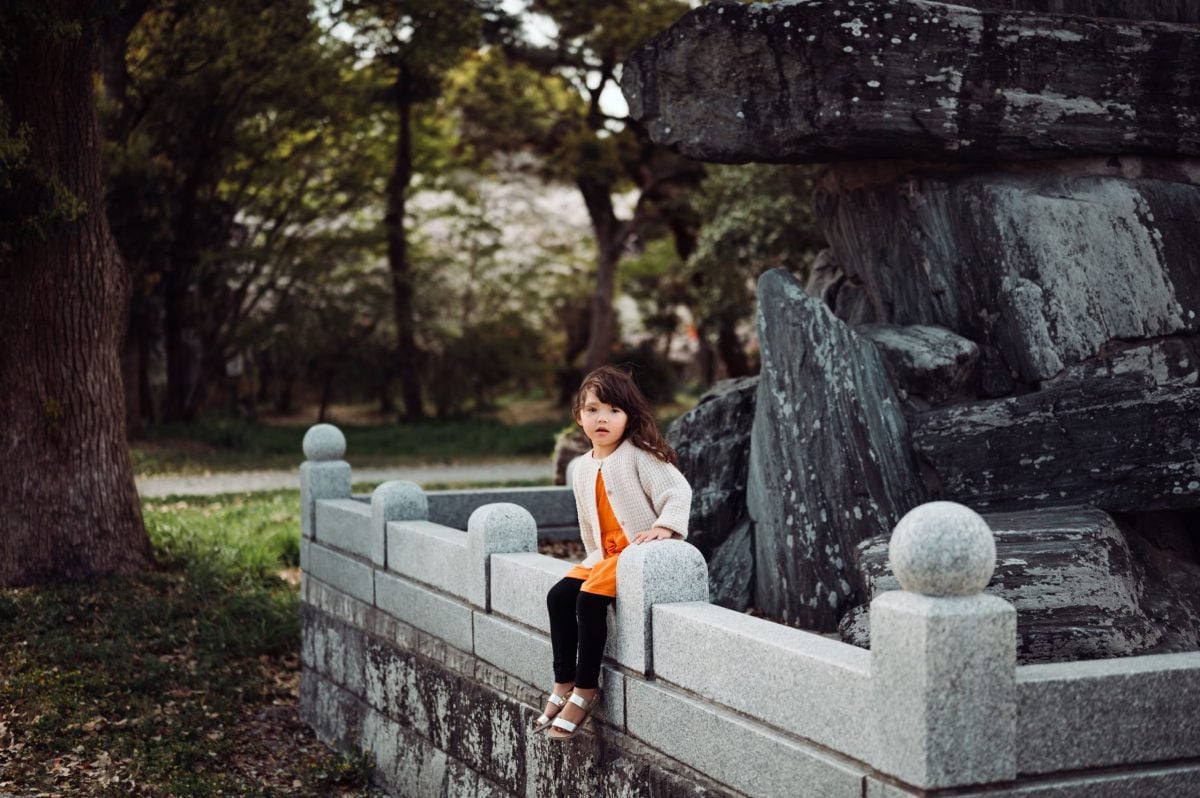
| **This website contains affiliate links. We will earn a small commission on purchases made through these links. Some of the links used in these articles will direct you to Amazon. As an Amazon Associate, I earn from qualifying purchases. |


